Faster recovery: From cardiac scare to exploring Italy
Virtual cardiac rehab helped Mike Kelly heal at home after a life-threatening heart event. He regained his strength and his sense of adventure.
Expert treatment and at-home rehabilitation from his Kaiser Permanente cardiac team gave Mike Kelly the chance to scale the heights of Italy.
Mike Kelly was looking forward to celebrating his daughter’s college graduation. But for 2 weeks, he’d been experiencing pain on the left side of his upper chest.
“I’d never had it before and thought maybe it was indigestion,” said Kelly, 54, who is from Portland, Oregon.
He planned to make an appointment with his doctor after the graduation. But the following Monday, he felt sharp pain in his chest and arms, so he and his wife went to the emergency room.
Tests showed he hadn’t had a heart attack. He went home and worked with his primary care doctor and cardiologist, Daniel Lavery, MD, for follow-up tests, which came back normal.
Kelly was still experiencing pain, however, and a CT scan showed an 80% blockage in one of his arteries. After a successful stent placement procedure to open the blockage, Kelly was ready for his next challenge: cardiac rehabilitation.
Comfort and familiarity of at-home care
After a significant cardiac event, it’s often necessary for patients to make changes to improve diet, increase exercise, and start new medications. But those changes aren’t always easy.
Kelly’s care team suggested Kaiser Permanente’s virtual cardiac rehabilitation program. The program brings rehabilitation into a patient’s home without the need to physically visit a clinic, which has been shown to be a barrier to recovery.
One advantage of participating in this program is that if your rehab is home-based, it’s more baked into your day-to-day life. Siobhan Gray, MD, and medical director of Kaiser Permanente's Virtual Cardiac Rehabilitation program in Oregon
Kelly began wearing a fitness device that tracked his activity and heart rate. This data, along with blood pressure readings, was securely transmitted via a mobile app to his nurse, who met with him virtually to discuss progress and give guidance about nutrition, exercise, and other factors for heart health.
Although Kelly has had to cut down on red meat and his favorite candy, the program helped give him the confidence to know he could exercise safely. Three weeks after having a stent placed, he and his wife were able to travel to Italy’s Amalfi Coast and walk for miles each day.
Higher completion rates and healthier patients
“Cardiac rehabilitation gives people a specific exercise prescription and educates them about heart health, medications, diabetes, and lipids,” said Siobhan Gray, MD, medical director of the virtual cardiac rehabilitation program at Kaiser Permanente Sunnyside Medical Center in Oregon.
“One advantage of participating in this program is that if your rehab is home-based, it’s more baked into your day-to-day life,” said Dr. Gray.
This translates into higher completion rates and healthier patients. Since Kaiser Permanente began offering virtual cardiac rehabilitation as an option, the completion rate has risen to 80% — 4 times higher than the facility-based program.
That success rate shows that sustainable change and healthier habits bring people like Kelly long, heart healthy lives for years to come.
Learn more about heart health and recovery.
-
Social Share
- Share Faster Recovery: From Cardiac Scare to Exploring Italy on Pinterest
- Share Faster Recovery: From Cardiac Scare to Exploring Italy on Linkedin
- Share Faster Recovery: From Cardiac Scare to Exploring Italy on Twitter
- Share Faster Recovery: From Cardiac Scare to Exploring Italy on Facebook
- Print Faster Recovery: From Cardiac Scare to Exploring Italy
- Email Faster Recovery: From Cardiac Scare to Exploring Italy
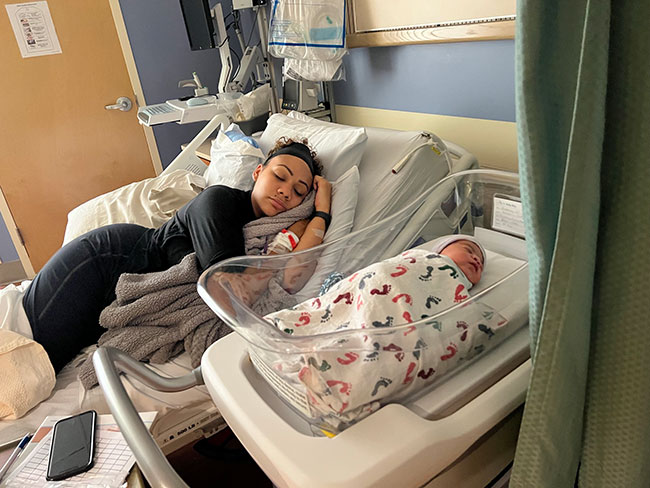
April 10, 2024
For a new mom, talking about her worries helped her heal
One in 5 people experience depression, anxiety, or other mental health …
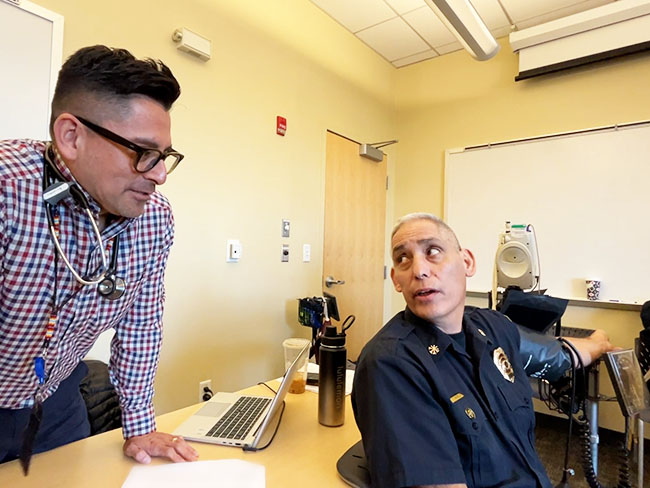
April 9, 2024
Denver Fire Department annual blood work screenings triple
It’s easy to put off recommended health screenings, and sometimes even …

April 8, 2024
Reducing inequity with fruits and vegetables
Black Americans experience worse health outcomes compared to other populations …
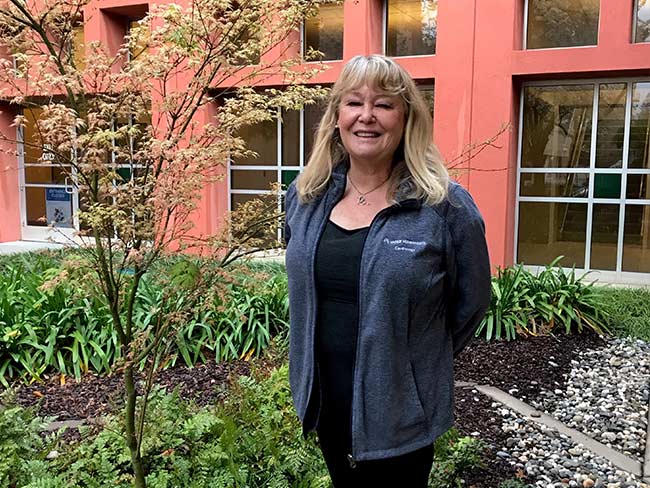
April 1, 2024
Lynch syndrome: Managing the risk of hereditary colon cancer
Lynch syndrome is a gene mutation that increases colon cancer risk. Learn …
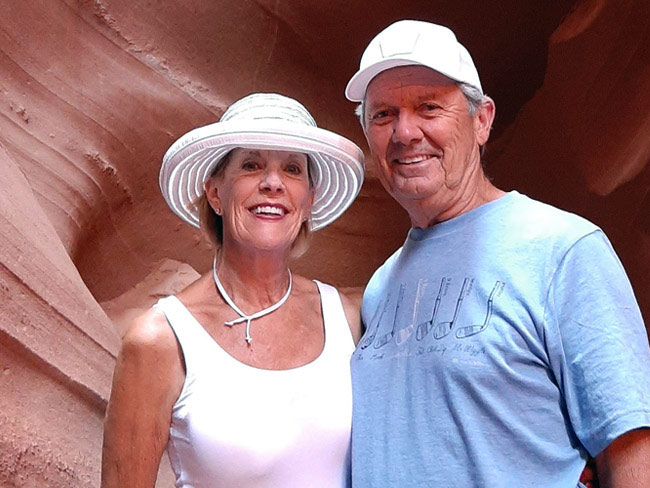
March 20, 2024
Life after cancer: Surviving and thriving
A healthy life after cancer is possible. Learn how Kaiser Permanente helps …
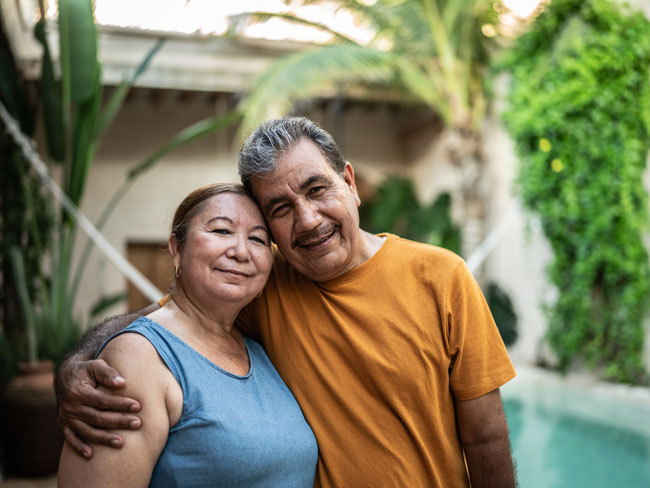
March 14, 2024
Healthy kidneys support overall good health
Kaiser Permanente excels in preventing, detecting, and treating kidney …
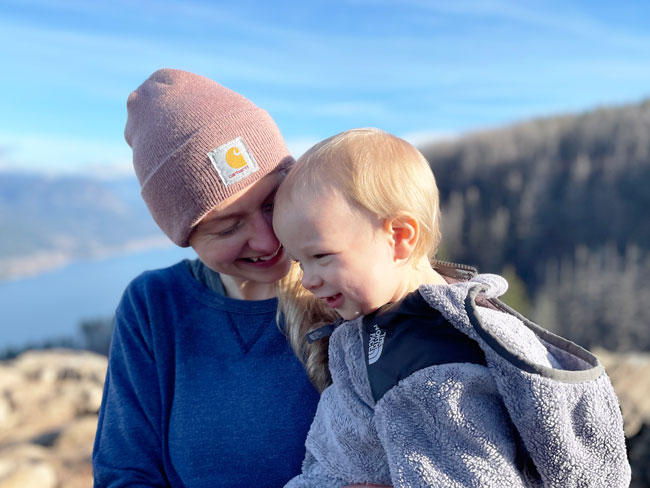
March 14, 2024
Midwife offers personal care for mom facing complications
For Sam Beeson, having a midwife at her side during her pregnancy helped …
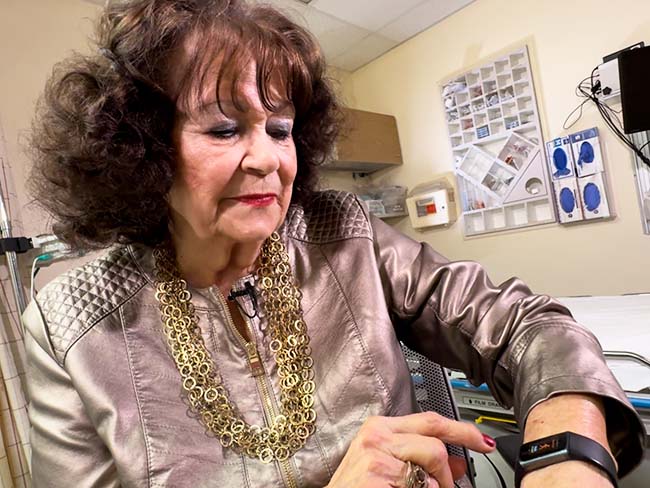
March 12, 2024
In-home recovery restores harmony to life
Colorado musician back with the band thanks to new virtual cardiac rehab …
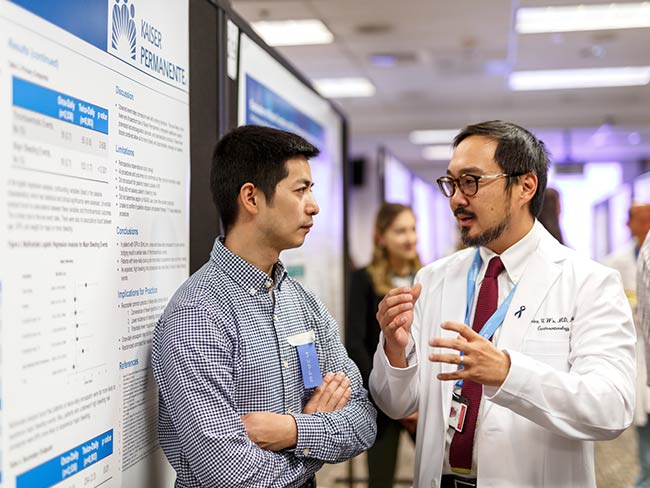
March 5, 2024
Researchers look for ways to find pancreatic cancer early
Early detection of the disease, before it becomes advanced, will increase …
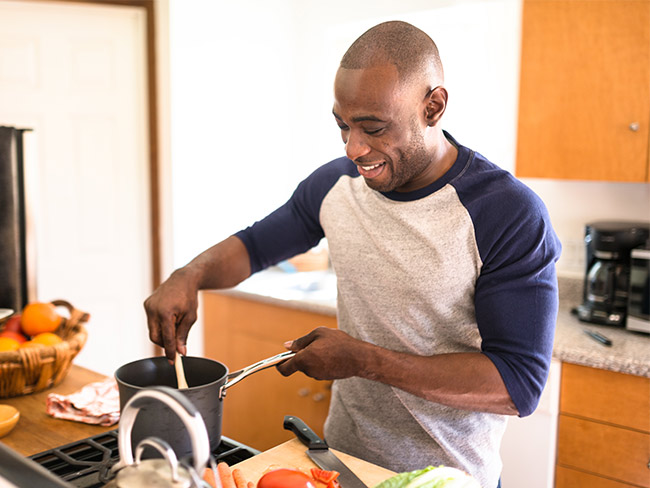
February 26, 2024
What you need to know about colon cancer screenings
Screening for colorectal cancer is recommended for most people starting …
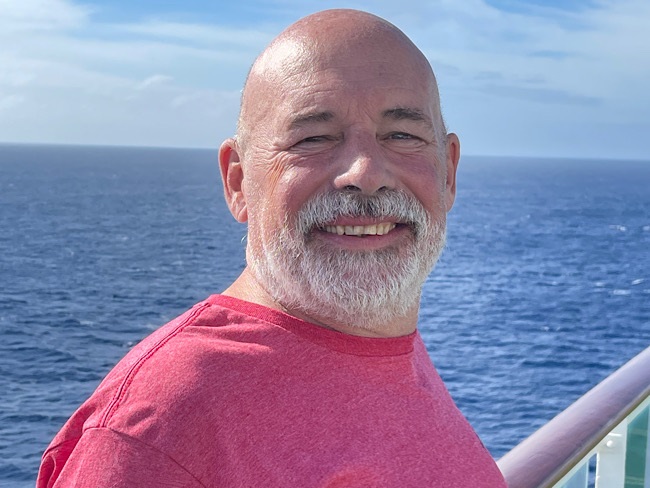
February 22, 2024
The journey of a lifetime
Care teams at Kaiser Permanente Fontana Medical Center helped Phillip Crawford …
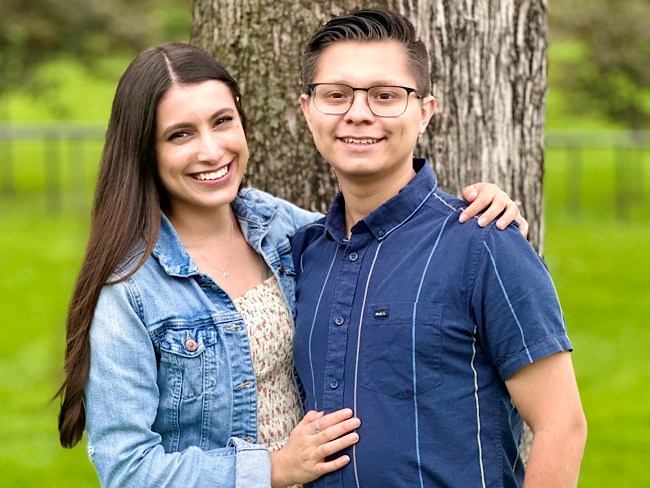
February 21, 2024
From planning his funeral to celebrating his wedding
Gabriel Abarca had no hope for his future. Then the team at Kaiser Permanente …
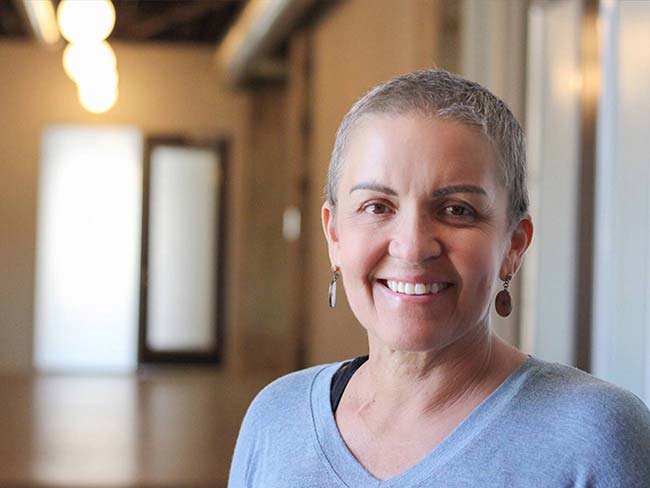
February 21, 2024
Recovering at home after a double mastectomy
Innovative surgical recovery program helps breast cancer patients safely …
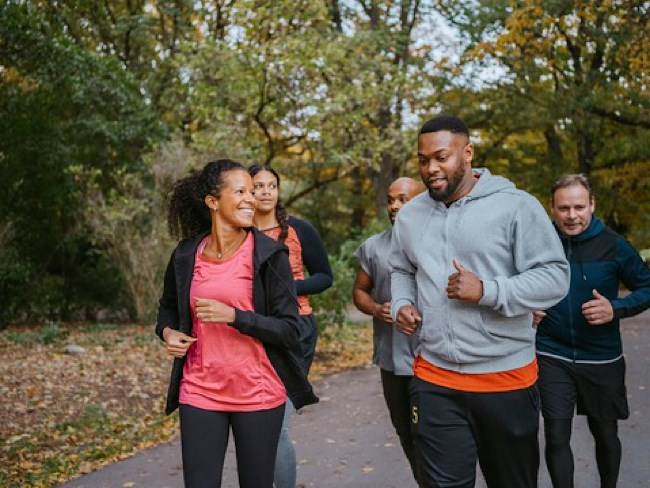
February 8, 2024
Road to heart health: Living well
You have only one heart. ‘Prescribe’ yourself a few changes to help protect …
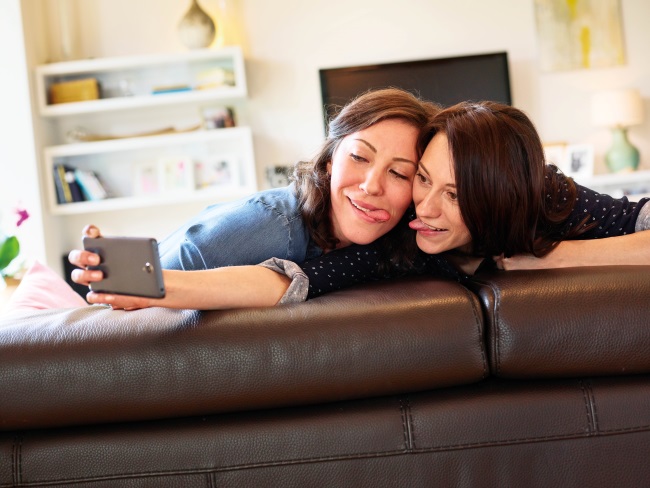
February 1, 2024
Road to heart health: Know your risk factors
One of the best ways to prevent future heart conditions is knowing what …
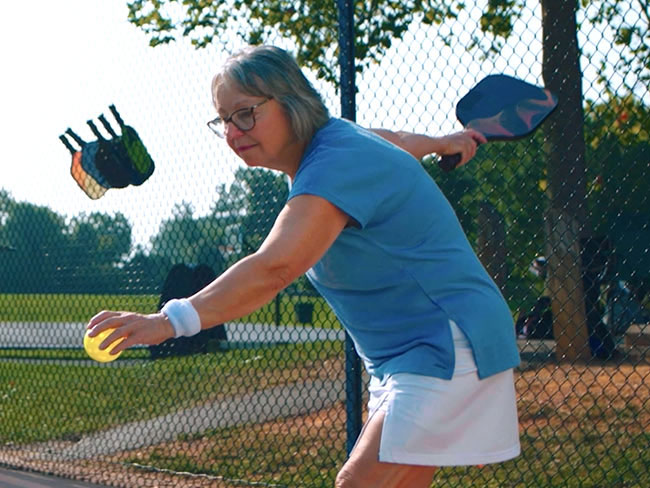
January 26, 2024
Retiree back in the swing of things after heart procedure
Tookie Gentilcore returns to enjoying life thanks to a quick, safe method …
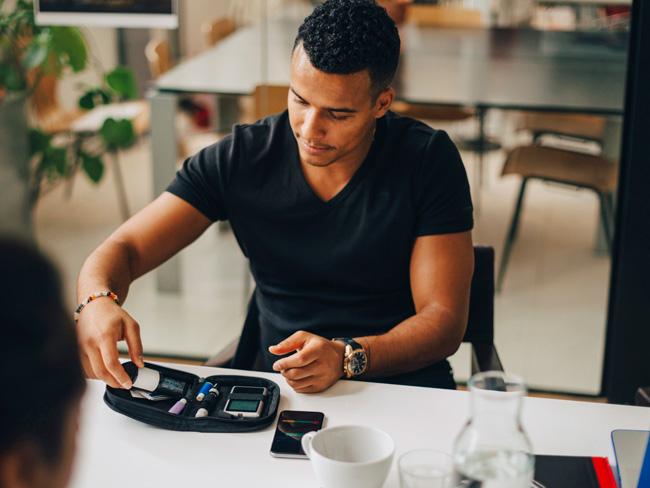
January 17, 2024
How diabetes can affect your heart
People with diabetes are more likely to have heart disease.
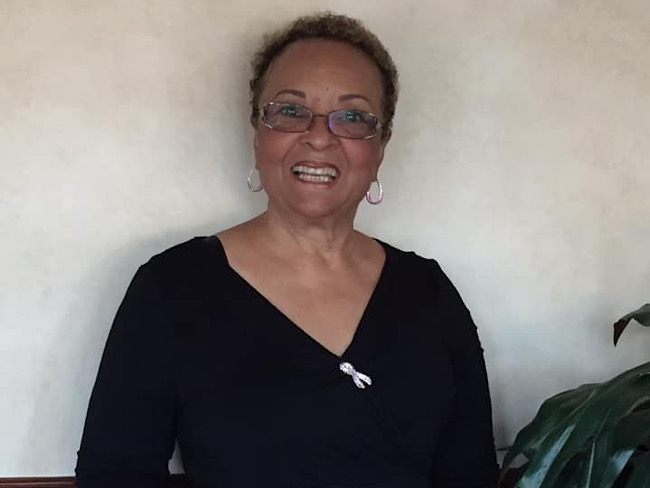
January 10, 2024
‘You don’t know unless you ask them’
Kaiser Permanente’s Patient Advisory Councils help us create exceptional …
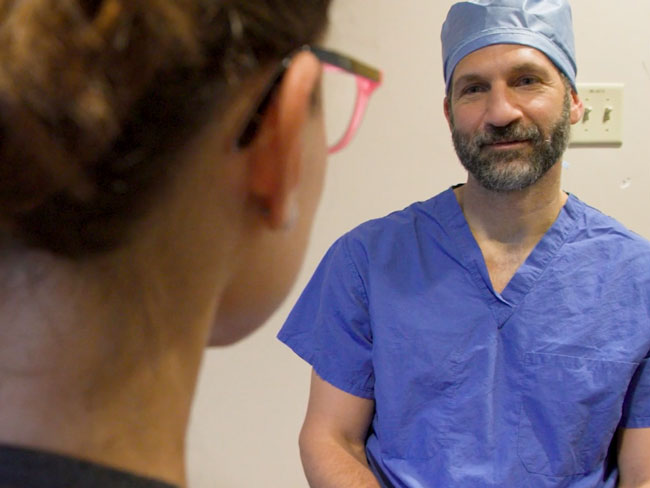
December 19, 2023
Life-changing care for patients who experience strokes
In Oregon, our stroke teams are providing patients with industry-leading …
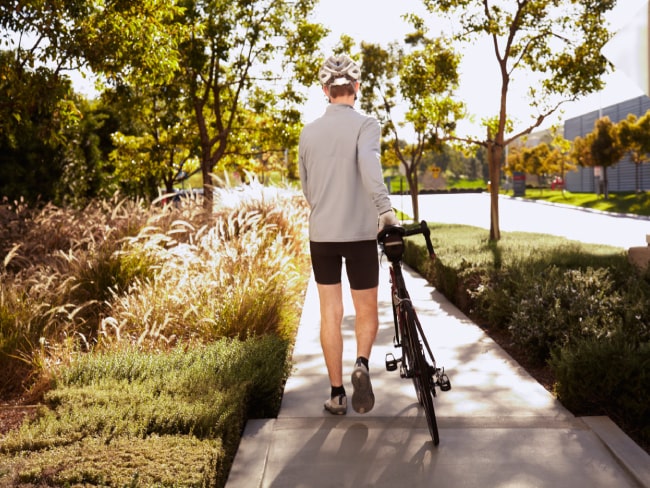
December 19, 2023
Determined to drop the weight and stop the cycle of diabetes
Following a COVID-19-related hospital stay, Robert DeLeon took charge of …
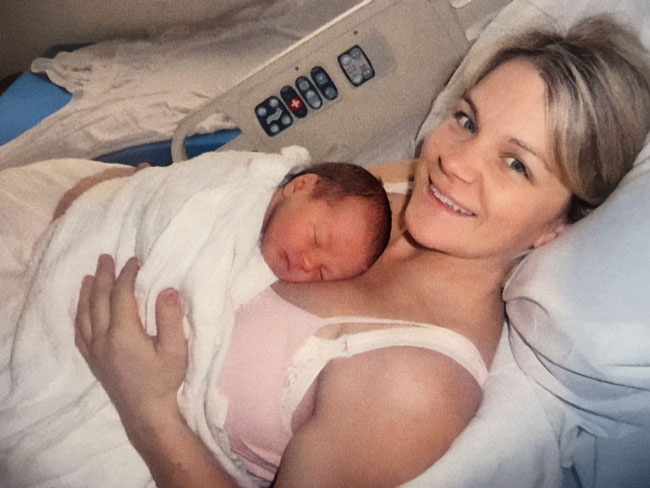
December 15, 2023
Family-centered care, through pregnancy and beyond
Members experiencing a low risk pregnancy have the option of having their …
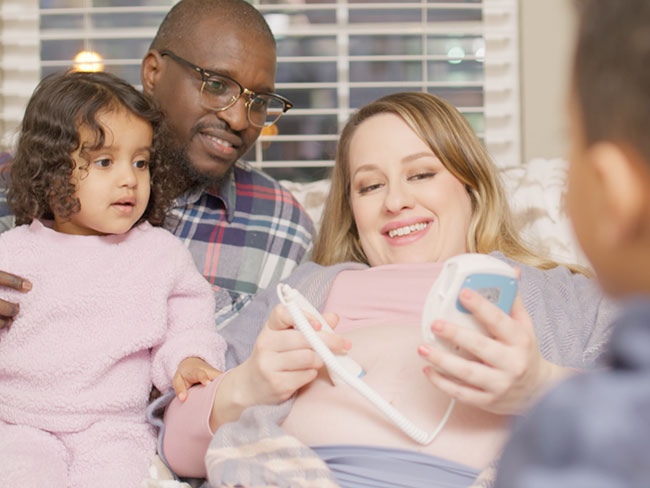
December 6, 2023
Video prenatal visits are a boon for a busy working mom
A new care option offers a mix of in-person and virtual visits, supported …
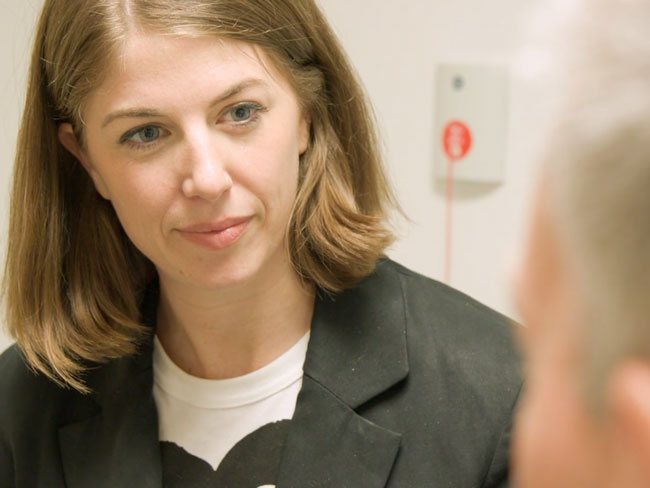
December 1, 2023
Surviving — and thriving — after cancer
From diagnosis to recovery, David Parsons, MD, shares how screening, treatment …
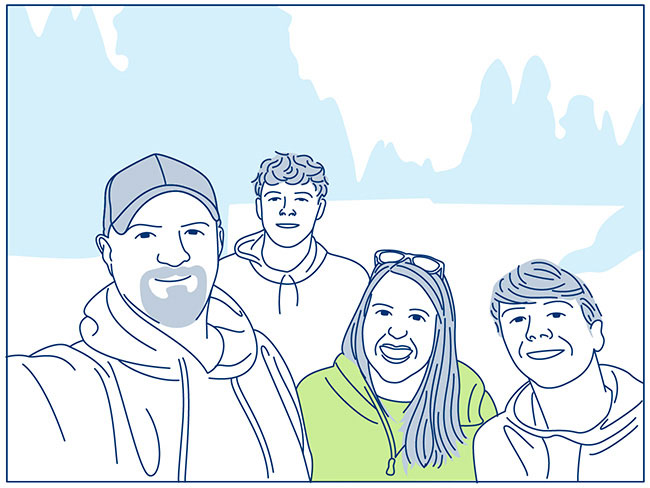
November 21, 2023
Surviving lung cancer as a nonsmoker
As a lifelong nonsmoker, Mariann Stephens was shocked to learn she had …
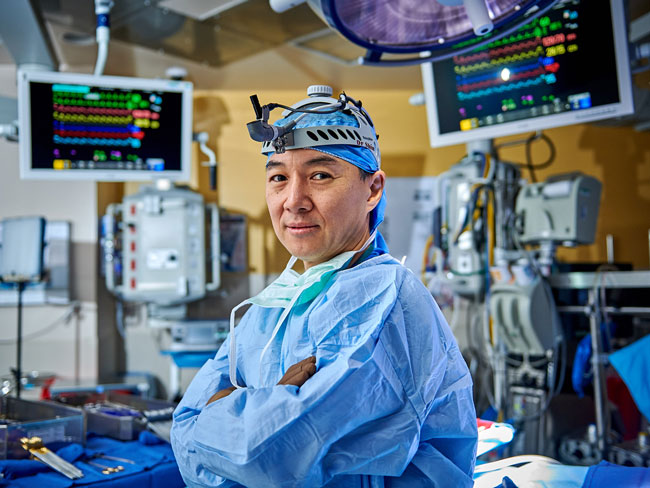
November 17, 2023
Expert advice on keeping your heart healthy
Dr. Yong Shin shares how people with heart disease can live longer, while …
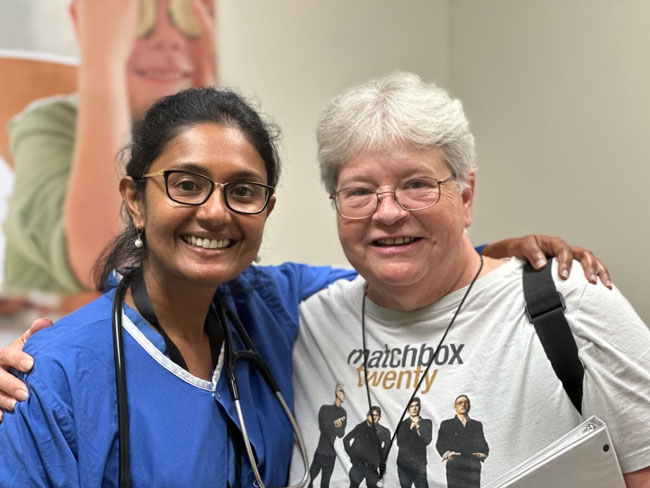
November 16, 2023
Providing a bridge to heart transplant
The use of a ventricular assist device implant gives one Oregon woman the …
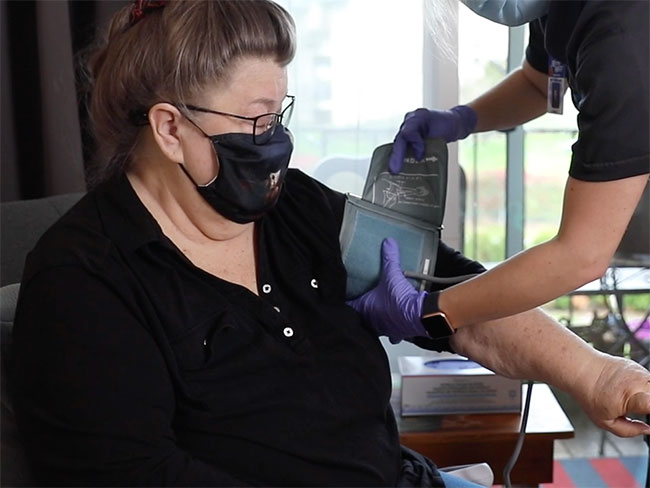
November 15, 2023
Care at home: Giving patients what they want
Our Advanced Care at Home program provides high-quality, safe care in familiar …
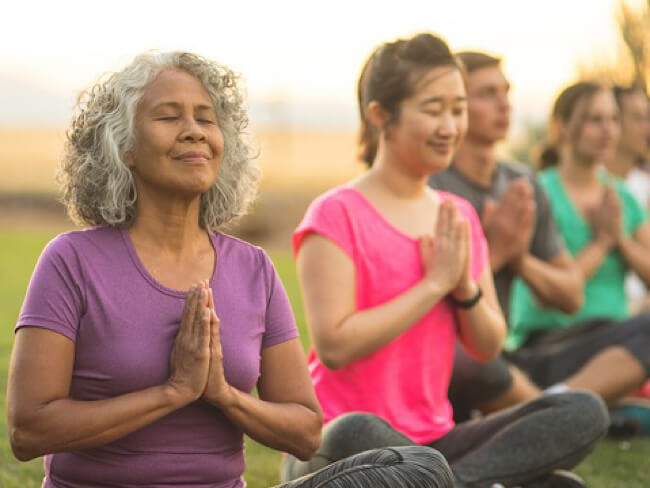
November 13, 2023
Take a deep breath (we can help with that)
It’s never too late to quit smoking. At Kaiser Permanente, we can help …
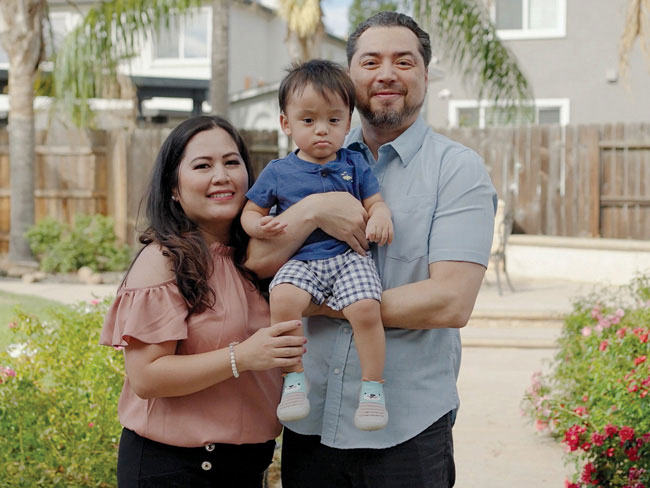
October 25, 2023
Breast cancer during pregnancy: Caring for mom and baby
A team of specialists treats an expecting mother’s cancer while keeping …
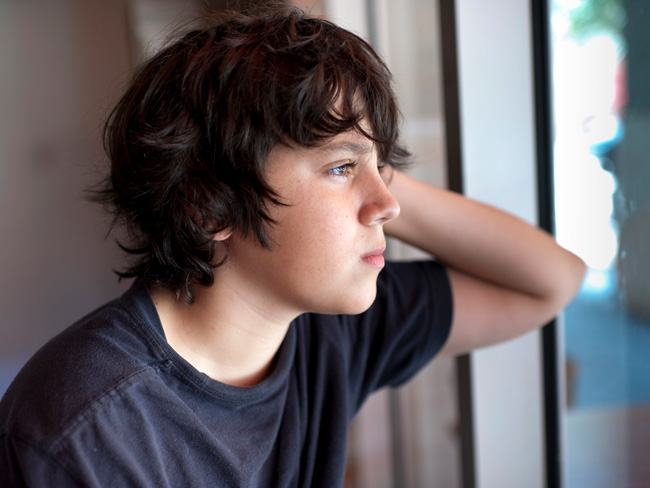
October 24, 2023
Childhood anxiety: What parents need to know
A child and adolescent psychiatrist shares tips on supporting your child …
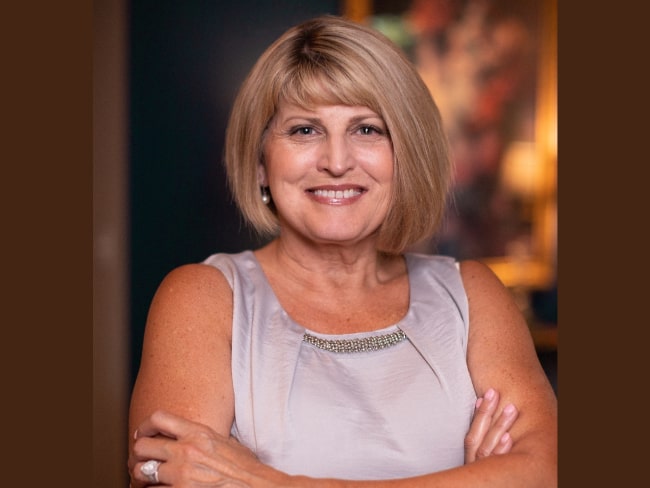
October 23, 2023
A renewed sense of purpose after surviving breast cancer
Joy Short, a Kaiser Permanente member and employee, turned her breast cancer …
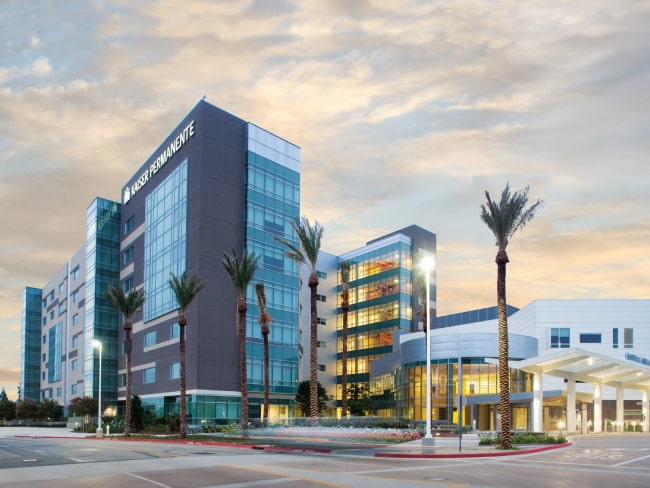
October 3, 2023
Nursing excellence recognized at Fontana Medical Center
The prestigious Magnet® designation affirms the compassion, dedication, …

September 29, 2023
2022 in review: A focus on equity, quality, and community
Our annual report shows how our dedicated employees and physicians provided …
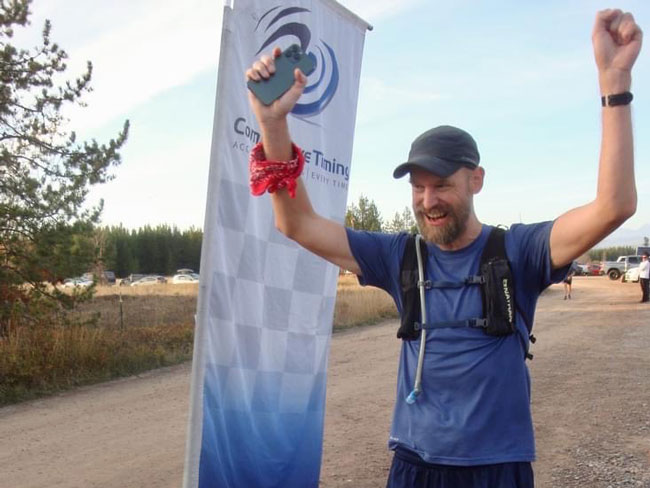
September 20, 2023
Ultramarathoner back on track after cardiac surgery
Fit and focused, an Oregon father and runner rebounds after an aortic valve …
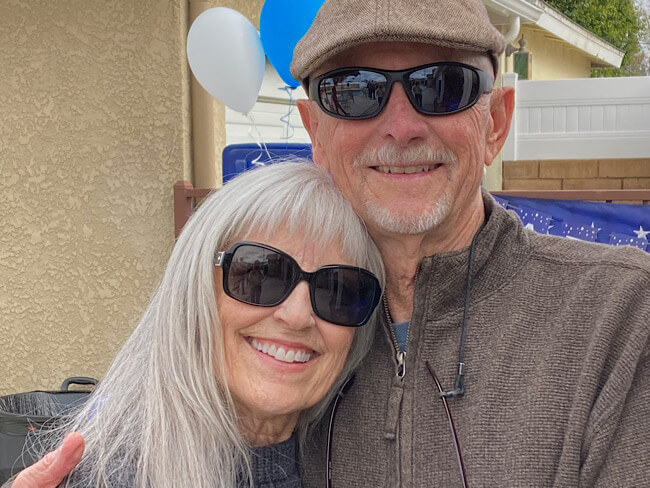
September 20, 2023
Healing after a heart attack
For years, serious heart attacks meant hours of weekly appointments. Now, …

September 19, 2023
Is telehealth right for you?
Members give video visits high marks — and with a few simple tips, you …
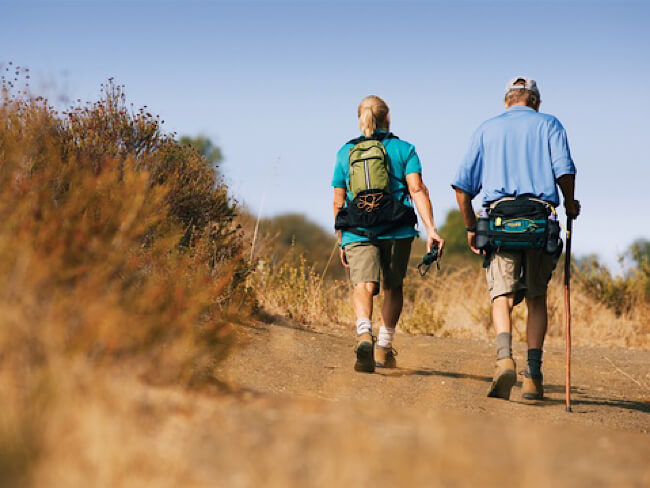
August 18, 2023
Protect your heart when temperatures soar
Excessive heat and pollution can increase your risk of experiencing dangerous …
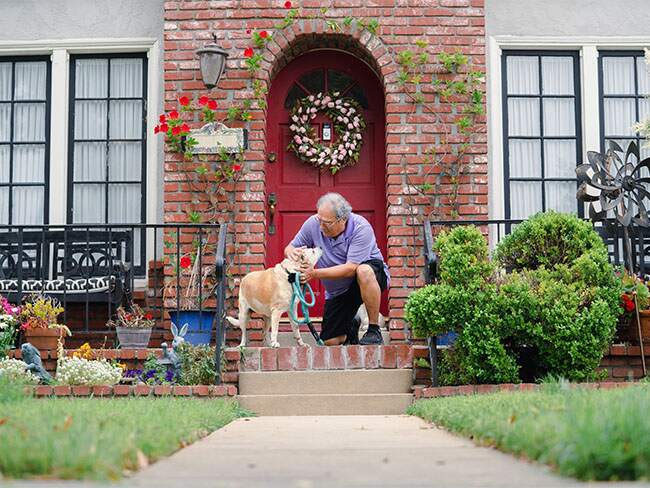
August 17, 2023
Beyond clinic walls: Research supporting healthy communities
Stories in the Department of Research & Evaluation 2022 Annual Report demonstr …
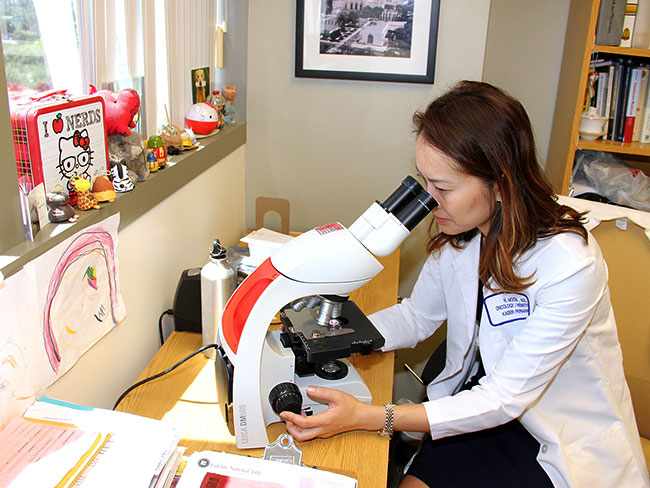
August 17, 2023
Cancer research: The role of immunotherapy
Research and clinical trials play a vital role in advancing cancer treatment …

August 16, 2023
Cervical cancer screening: Exploring the at-home HPV test
Kaiser Permanente is at the forefront of cervical cancer research. Find …
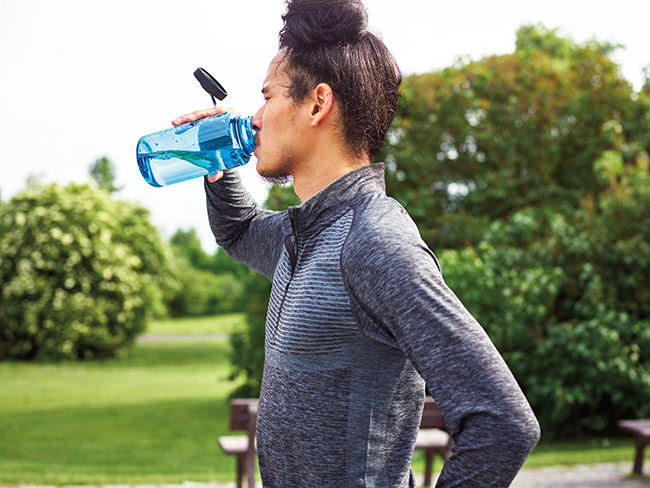
August 15, 2023
As temperatures rise, so does the risk of heart problems
A Kaiser Permanente cardiologist shares advice on how to stay safe, what …
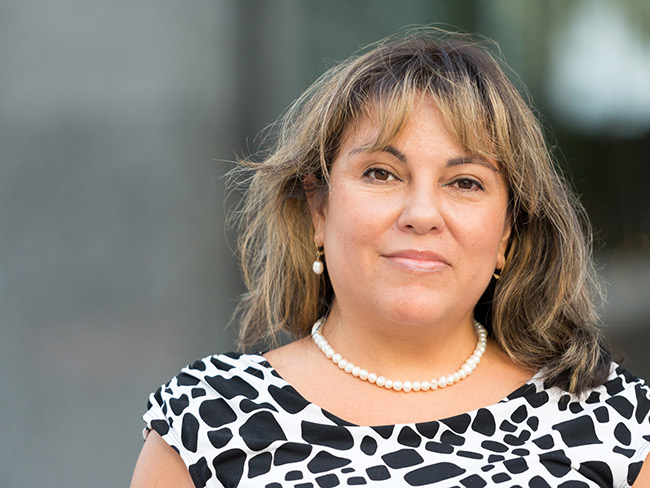
August 15, 2023
Screening for breast cancer: Mammogram guidelines
Mammograms can help detect breast cancer early, when it’s easier to treat. …
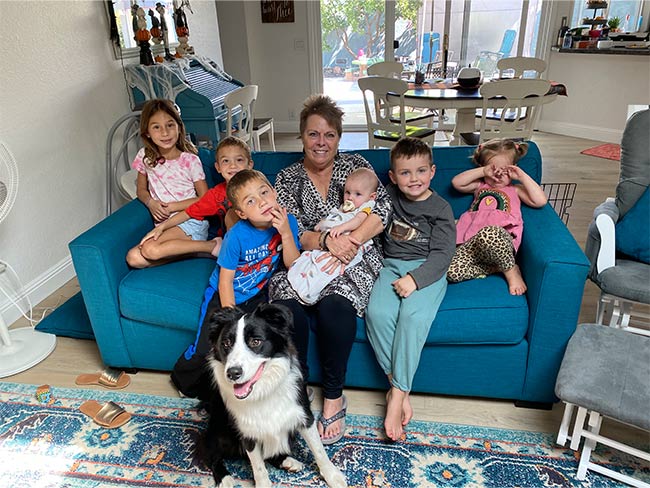
August 14, 2023
Marla’s story: Surviving acute promyelocytic leukemia
After a diagnosis for a rare type of blood cancer, Marla Marriott got high-qua …

August 10, 2023
Highlighting our community health work in Southern California
The Kaiser Permanente Southern California 2022 Community Health Snapshot …
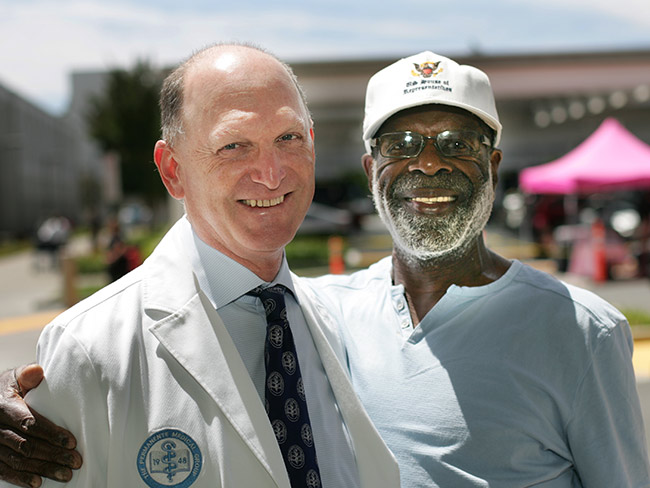
August 4, 2023
Eating well and adopting healthy habits helps prevent cancer
Learn how lifestyle medicine is part of cancer care at Kaiser Permanente.
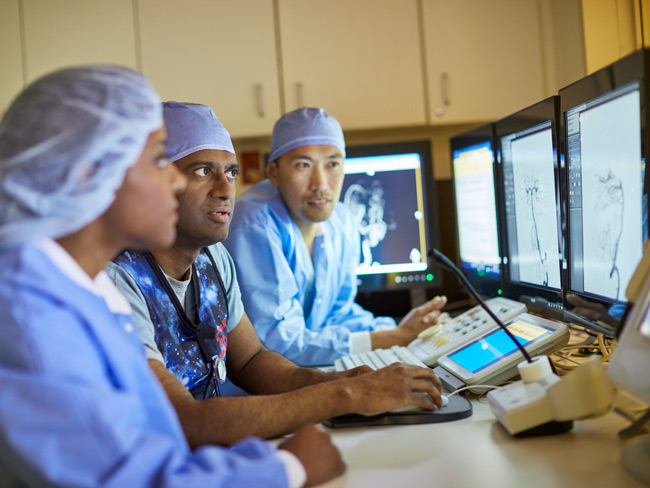
August 3, 2023
All our hospitals rated among nation’s best
For the third year in a row, every Kaiser Permanente hospital earned ‘high …
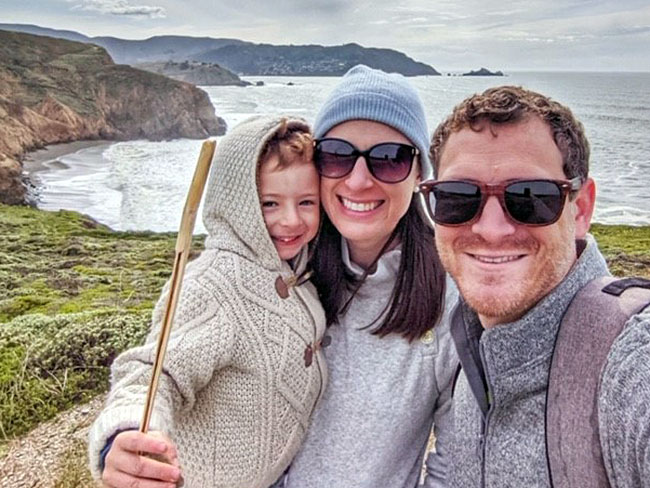
July 27, 2023
Courageously facing hereditary breast cancer
Fay Gordon's breast cancer was caught in the early stages thanks to genetic …
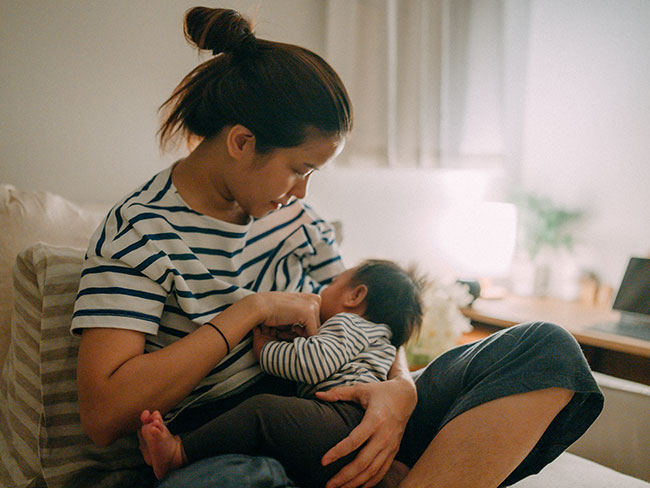
July 25, 2023
5 breastfeeding myths debunked
Tarayn Fairlie, MD, a pediatrician and lactation consultant, helps separate …
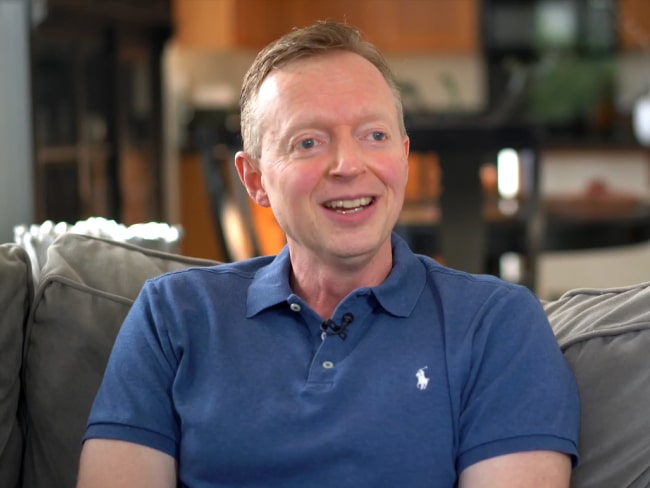
July 21, 2023
Thankful for every day after HPV-related cancer diagnosis
Michael West shares his incredible journey from diagnosis to treatment …
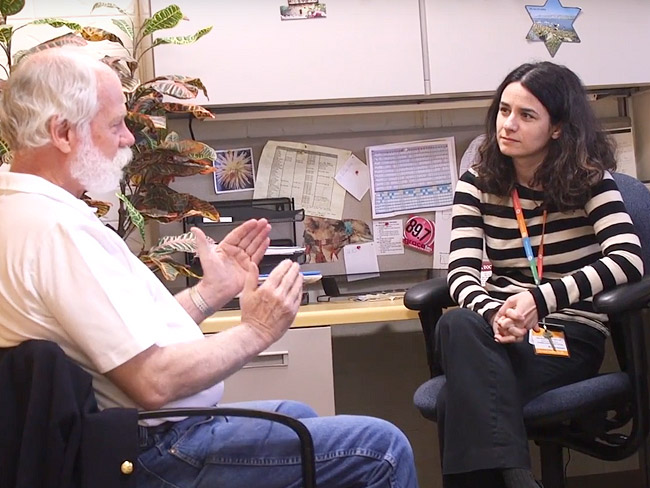
July 11, 2023
Cancer care for the body, mind, and spirit
Many people with cancer experience depression and anxiety. Mental health …

July 11, 2023
We deliver excellence for parents and babies
Our members are more likely to feed their babies breast milk. And they’re …
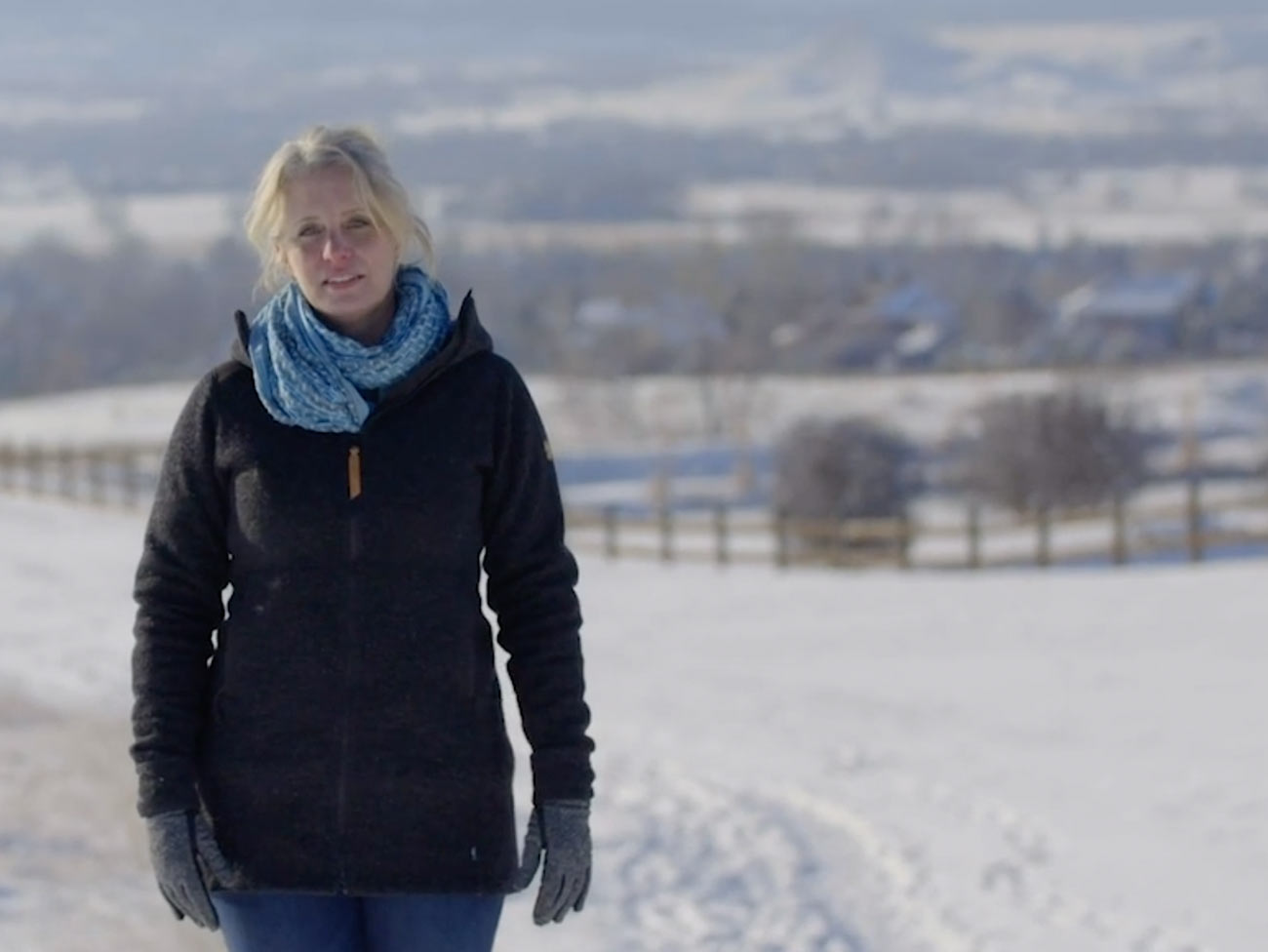
July 7, 2023
‘I am not the face of a heart attack’
Linda Tapia lives a healthy, active life, so she was stunned to be diagnosed …
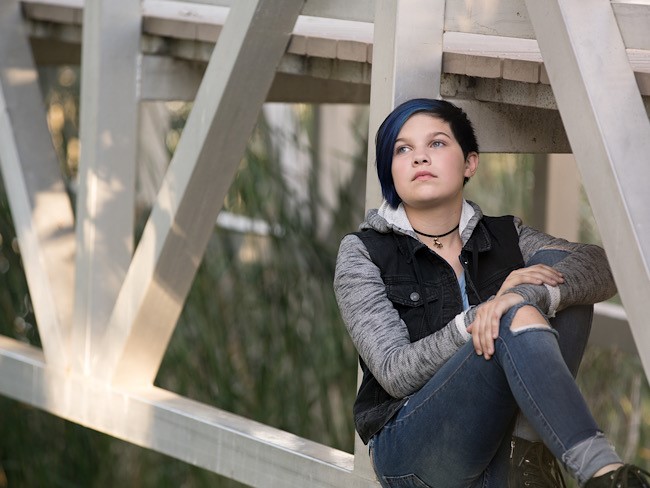
July 3, 2023
A compassionate approach is saving lives and rebuilding hope
Kaiser Permanente Los Angeles Medical Center’s Bridge Program has become …
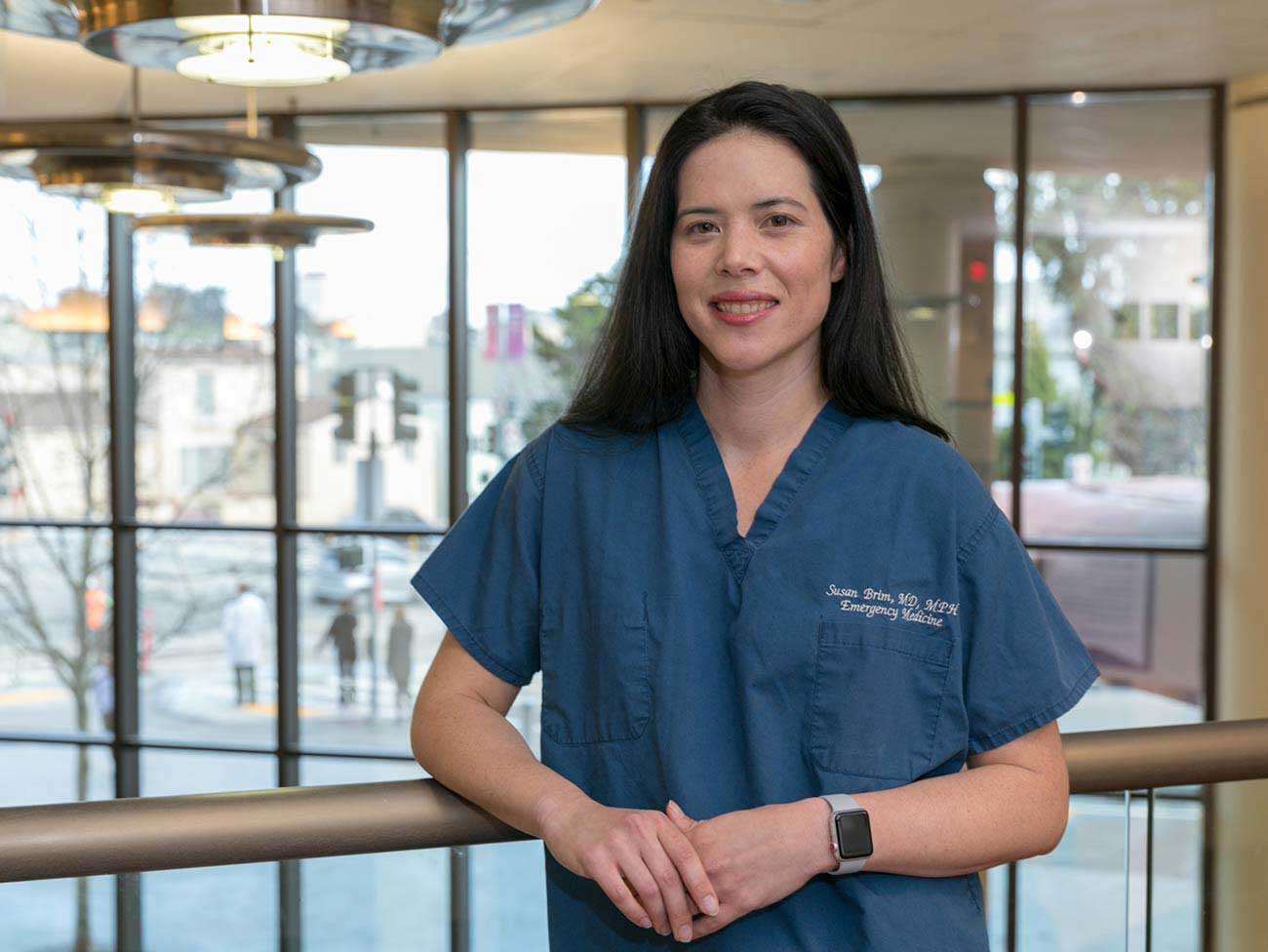
June 30, 2023
Lung cancer survivor received ‘pioneering’ care
Doctor and mother of 3 Susan Brim received top-notch care after her lung …
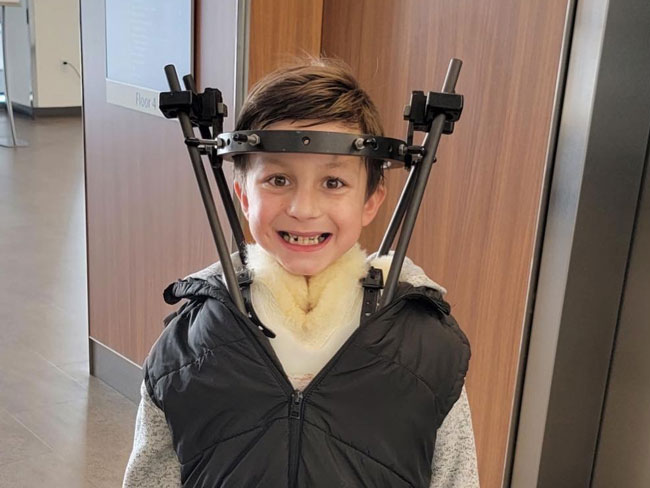
June 27, 2023
Comforting, personalized care for a kiddo with cancer
Carter Shaver from Portland, Oregon, shares his optimistic smile after …
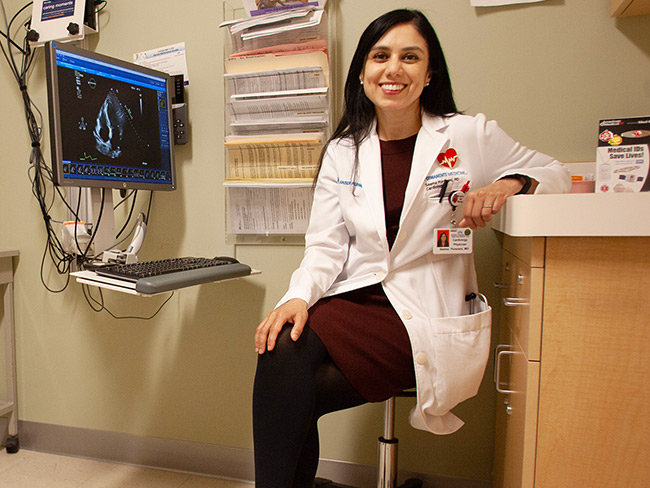
June 14, 2023
5 easy ways to reduce heart disease risk
A reminder that men and women can assert control over risk factors that …
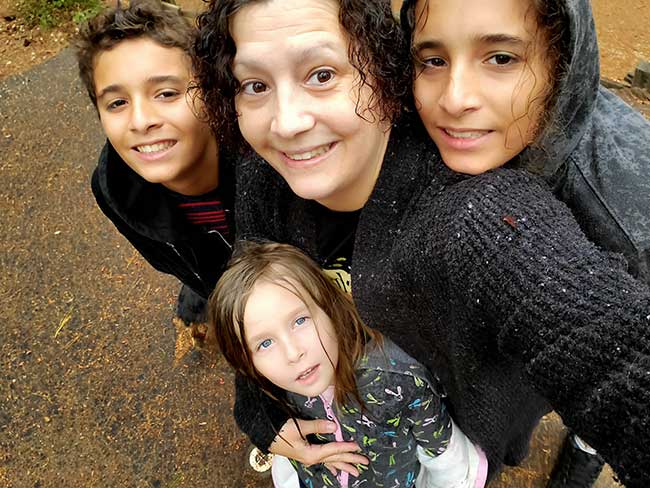
June 14, 2023
Living with stage 4 breast cancer
Thanks to personalized care from a team of skilled doctors, Christina McAmis …
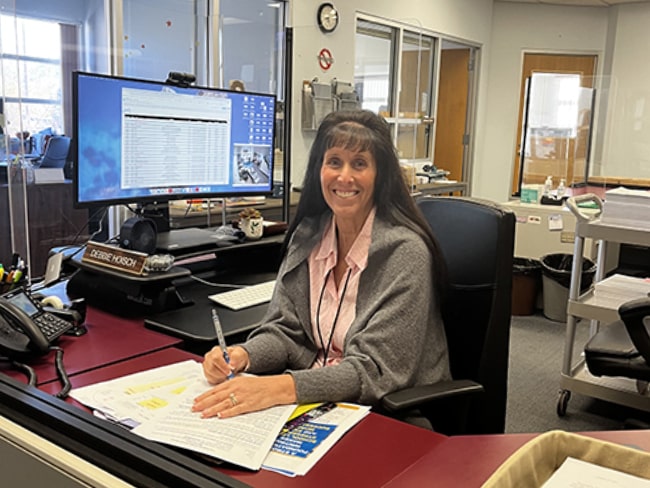
June 2, 2023
Worth knowing the warning signs
Kaiser Permanente member Debbie Hoisch encourages people to know the warning …
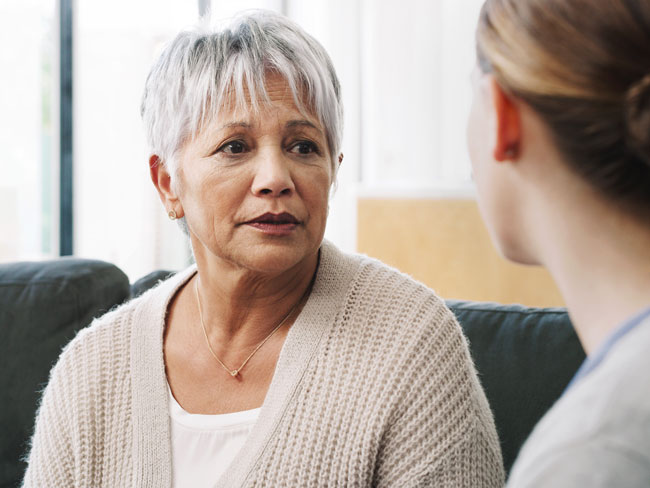
May 30, 2023
The healing power of shared cancer experience
Peer mentoring program matches new cancer patients with others who’ve gone …
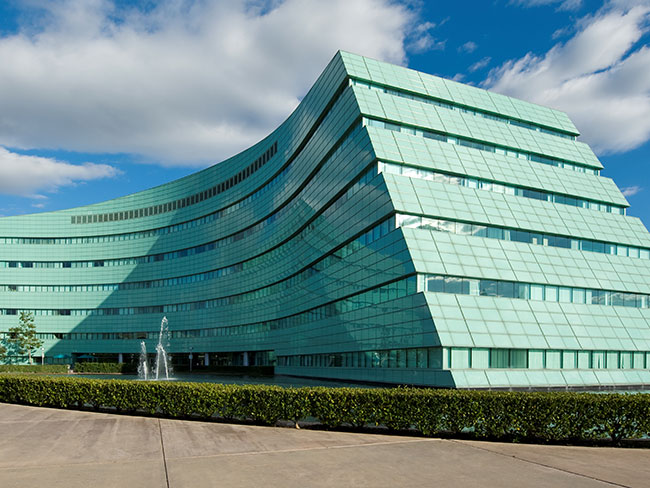
May 18, 2023
The gold standard of nursing excellence
Kaiser Permanente Baldwin Park Medical Center achieves Magnet status, the …
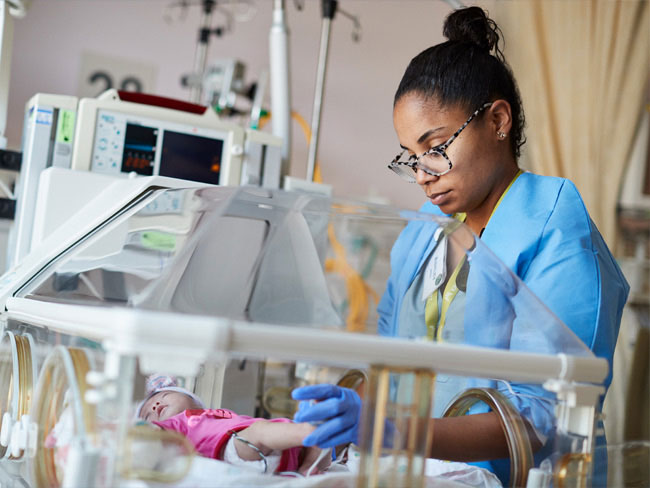
May 8, 2023
Paying tribute to our extraordinary nurses
During National Nurses Week, we thank our remarkable nurses and celebrate …
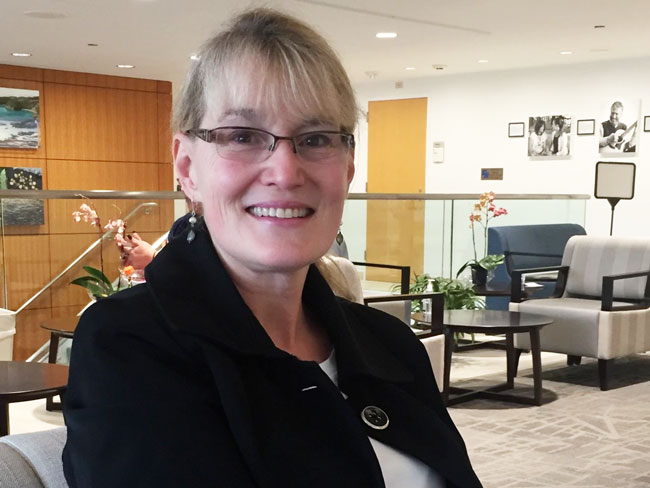
May 4, 2023
An unexpected cancer diagnosis
As a nonsmoker, Betty Schuldt’s stage 4 lung cancer diagnosis was surprising, …
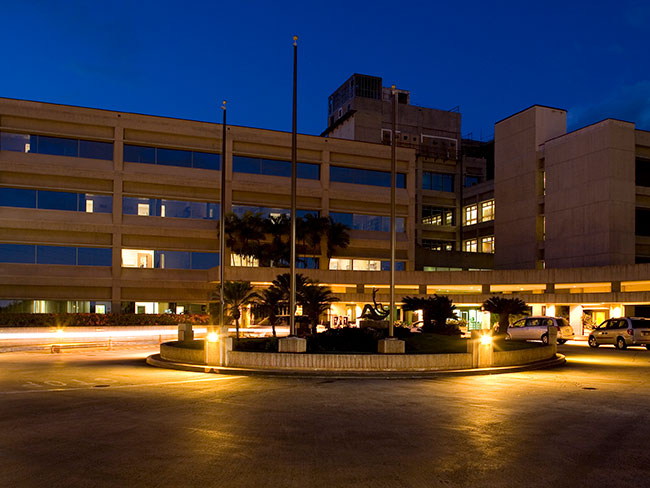
May 2, 2023
Hawaii hospital named one of America’s best stroke centers
Kaiser Permanente Moanalua Medical Center recognized by the Women’s Choice …

April 7, 2023
Virtual care helps ease physical pain
Kaiser Permanente offers many high-quality, convenient options to help …
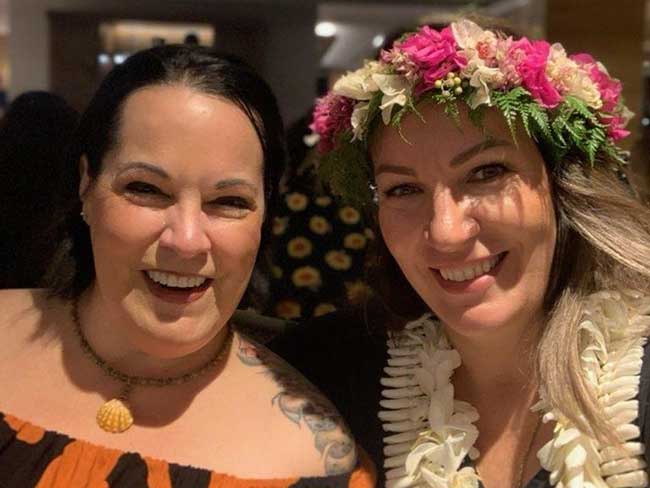
March 24, 2023
Finding hope after a mental health and addiction crisis
Treatment for bipolar disorder and opiate addiction helps a Kaiser Permanente …
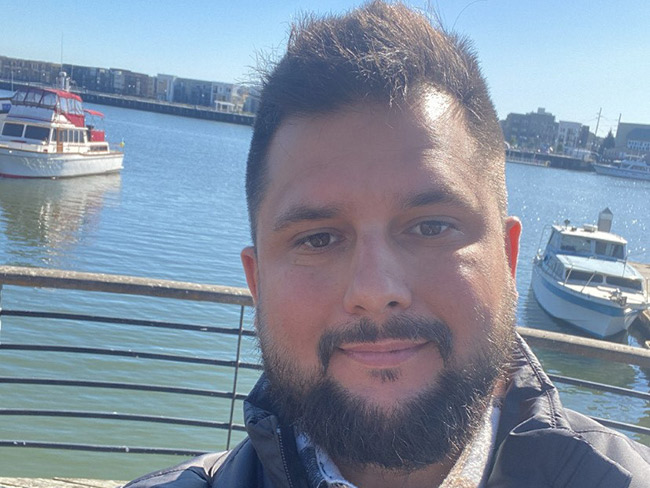
March 6, 2023
Living with long COVID
From avid snowboarder to chronically ill patient. How Kaiser Permanente …
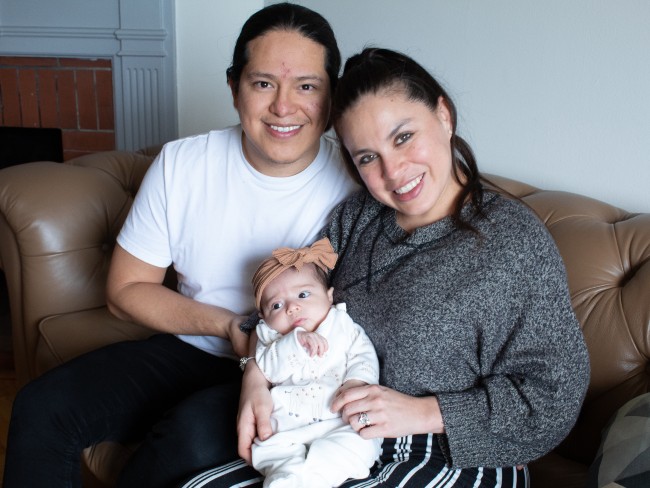
March 1, 2023
‘I am so grateful for life’
After a traumatic boating accident, Gabriela Curiel was airlifted to the …
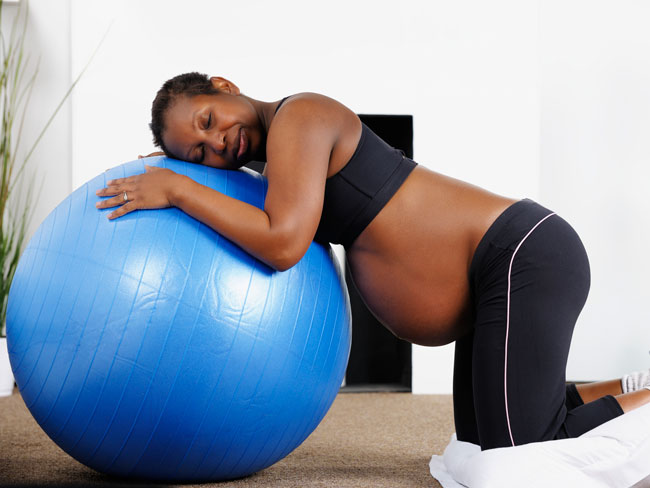
February 28, 2023
A conversation about pregnancy and women’s heart health
New research shows blood pressure patterns early in pregnancy can identify …

February 24, 2023
Current air pollution standards tied to higher heart risks
Kaiser Permanente study of 3.7 million adults provides support for strengtheni …
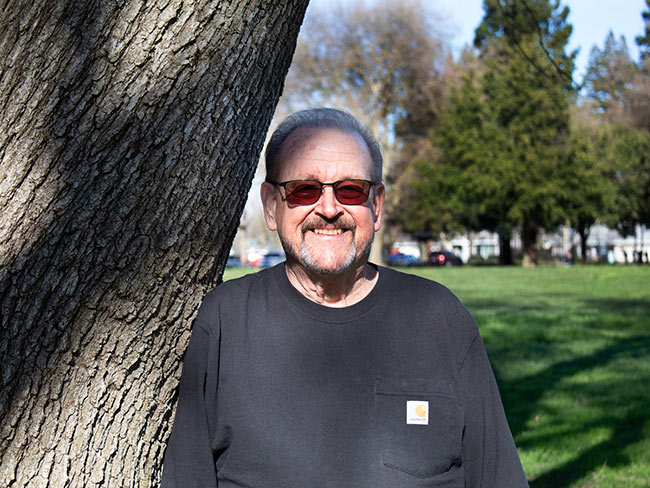
February 15, 2023
A new chapter for male patient with breast cancer
A multidisciplinary care team acted fast to help save the life of a Kaiser …
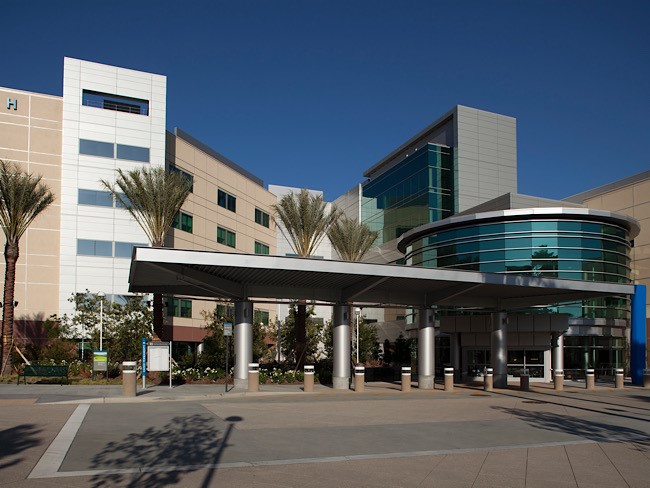
February 2, 2023
The gold standard of nursing excellence
Kaiser Permanente Ontario Medical Center achieves Magnet® status, the highest …
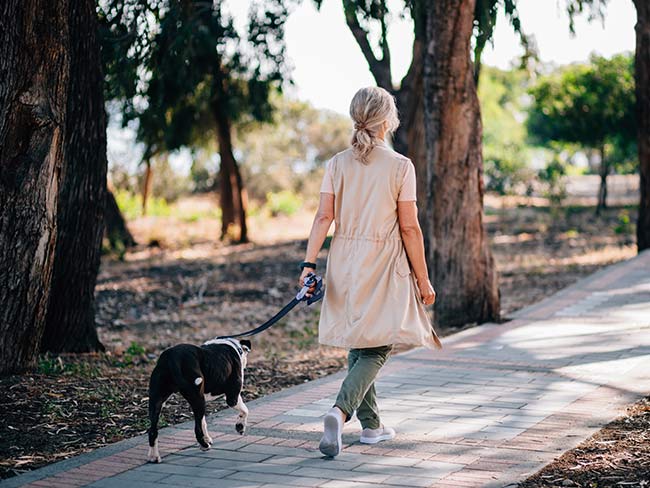
February 1, 2023
Her heart was telling her something wasn’t right
When a Kaiser Permanente member discovered she had an irregular heartbeat …
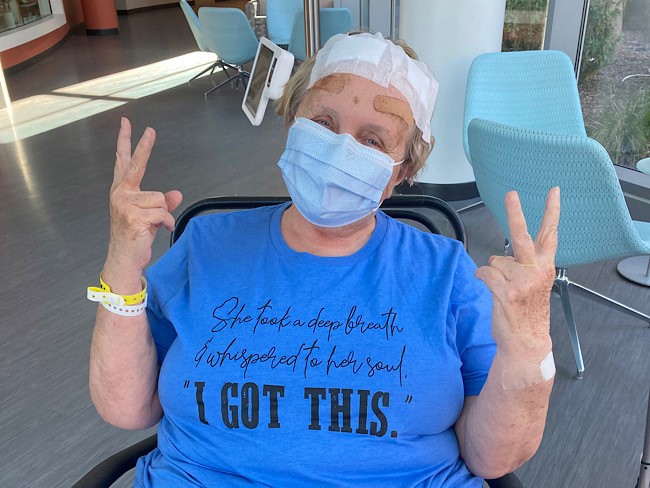
January 25, 2023
Awake brain surgery changed patient’s life
A Southern California member with Parkinson’s disease underwent deep brain …
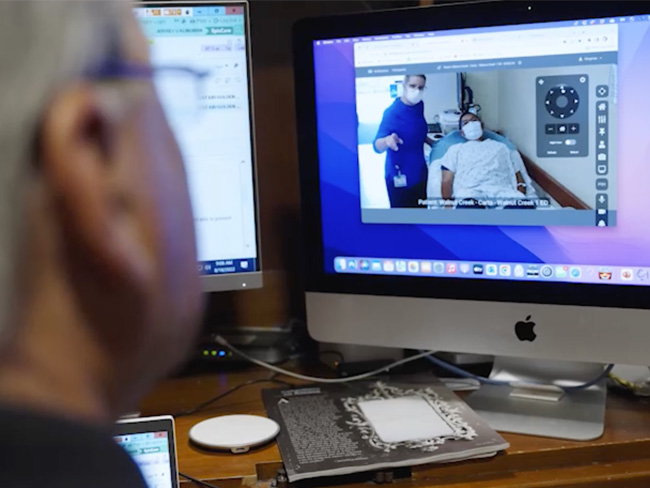
January 18, 2023
Speed saves lives: Fast stroke treatment key to survival
When a stroke happens, minutes matter, and Kaiser Permanente treats strokes …
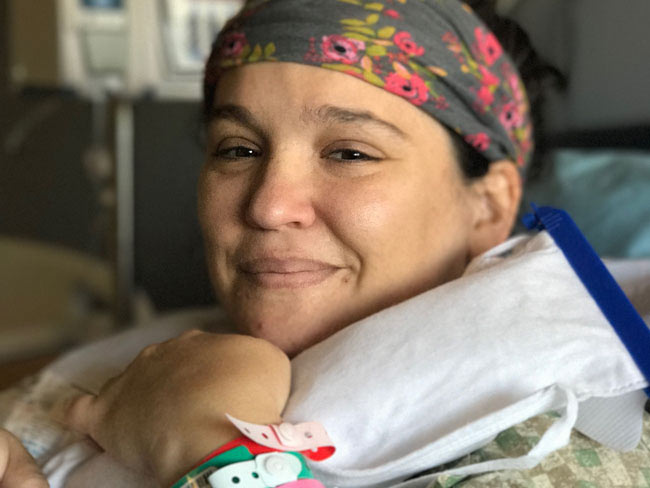
December 21, 2022
From cancer patient to cancer colleague
A Kaiser Permanente member’s cancer journey inspires her to join the team …
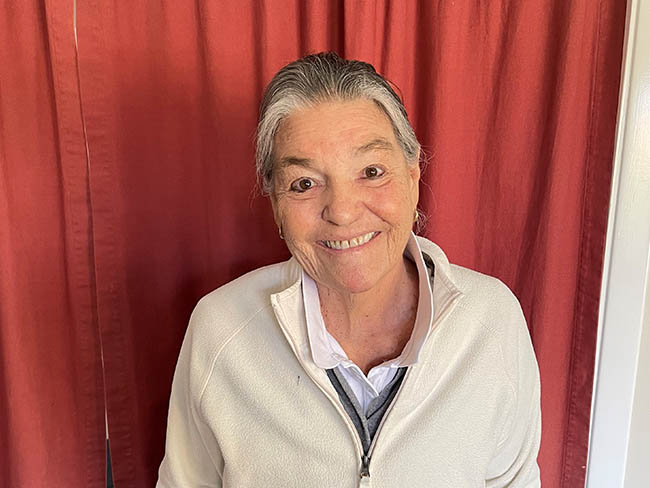
November 17, 2022
You’d never know she has lung cancer
Patients like Carol Pitman are living longer, more fulfilling lives thanks …
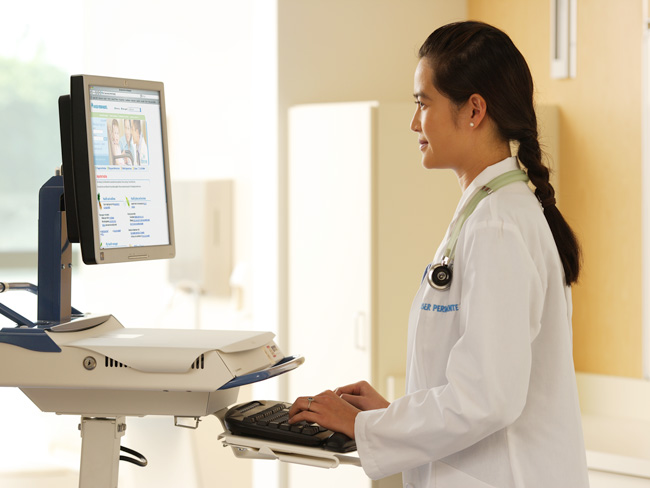
November 14, 2022
It’s time to rethink health care quality measurement
To meaningfully improve health equity, we must shift our focus to outcomes …
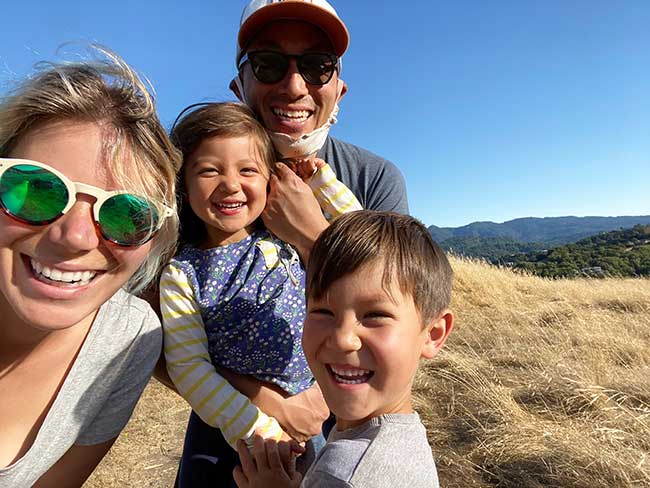
November 10, 2022
Stage 4 lung cancer: A story of hope
A young father is enjoying “bonus time” with his kids thanks to new targeted …
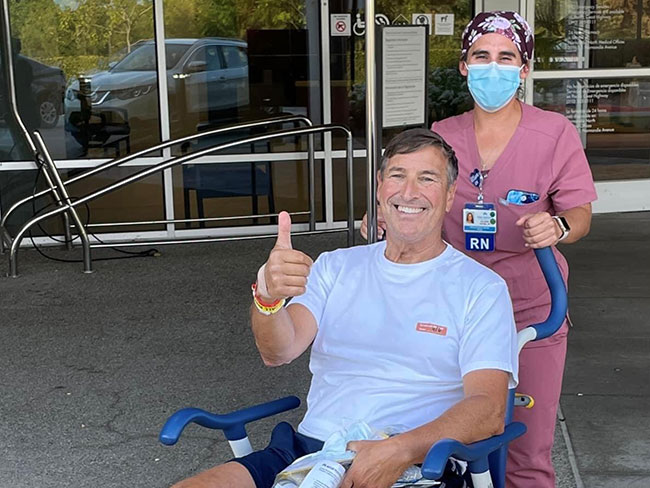
October 11, 2022
Cycling into retirement after knee repair
Expert, compassionate care after orthopedic surgery helps speed up the …

October 5, 2022
Large study of thoracic aortic aneurysm backs guidelines
Kaiser Permanente Center for Thoracic Aortic Disease study confirms low …
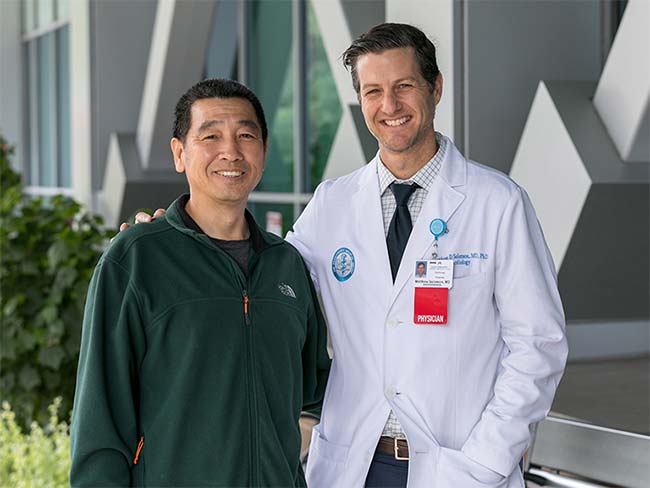
September 27, 2022
A heart saved
When Rong Fang had a life-threatening heart attack, specialists at 2 Kaiser …
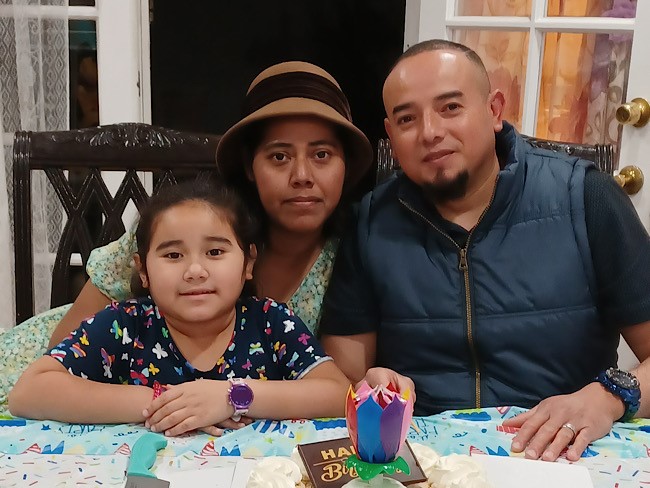
September 27, 2022
Medical excellence, compassionate nursing save mother’s life
A young woman sought help for what she thought was a work-related injury, …

August 17, 2022
2021 annual report sheds light on another challenging year
We reflect on 3 major COVID-19 surges, urgent vaccination efforts, and …
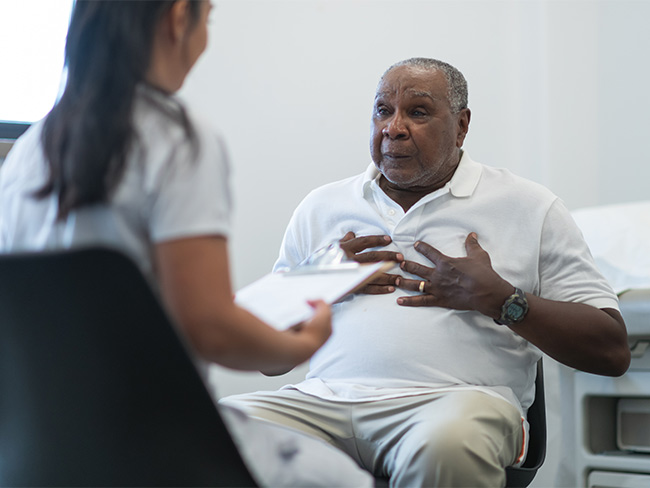
August 16, 2022
Seconds count: Know the signs of a stroke
A Kaiser Permanente physician shares why quick detection and expert treatment …
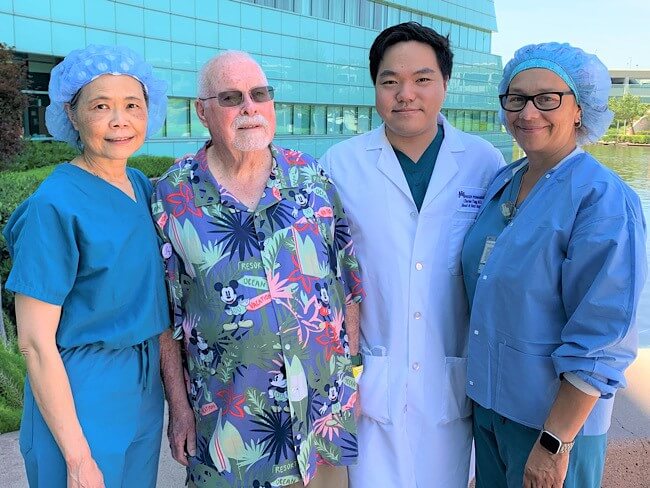
August 10, 2022
No signs of slowing down soon, thanks to care team
When a patient comes in for routine care, his physician — out of an abundance …

August 9, 2022
Breastfeeding benefits children's and mothers' health alike
Breast milk promotes healthy growth for babies, while lowering the risk …
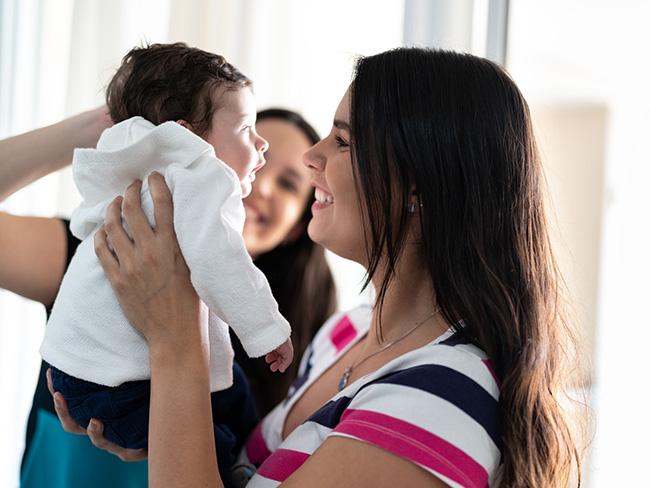
August 3, 2022
When breastfeeding is a struggle, you can help
By lending a hand with dinners, diapers, and dishes, you can give loved …
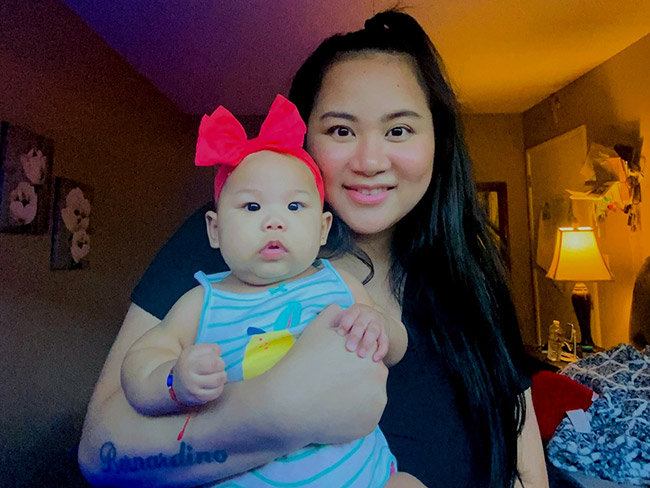
August 3, 2022
Supporting new moms in the postpartum period
By reaching out early and providing care that’s personalized to parents’ …
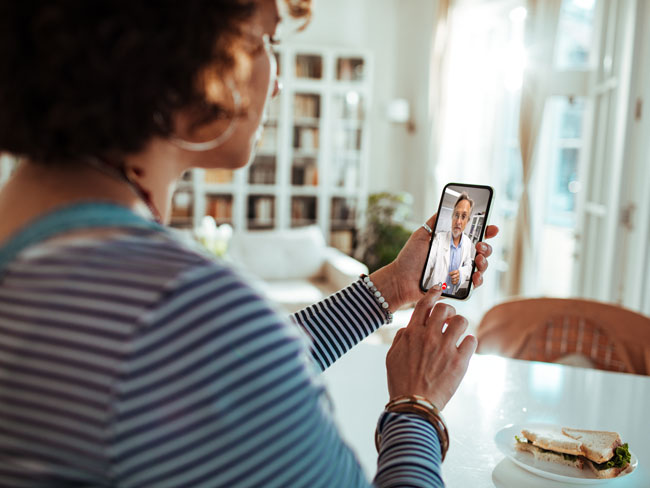
June 23, 2022
Collaborative care for serious mental health conditions
An innovative telehealth program gives patients direct access to pharmacists …
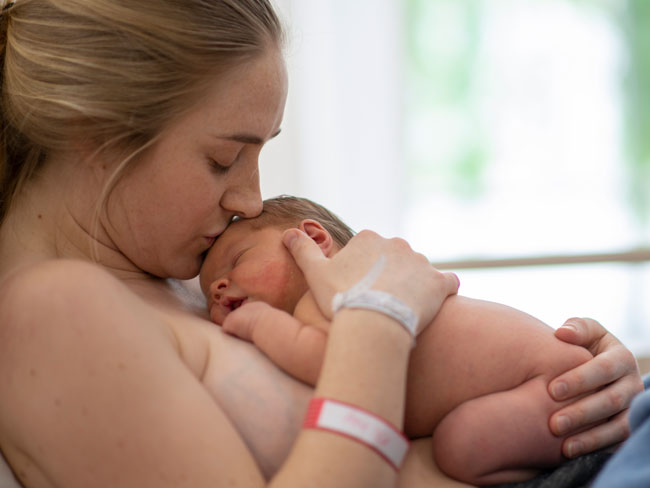
June 8, 2022
Moms and babies get the help they need, right from the start
Kaiser Permanente hospitals are recognized by Newsweek for exceptional …
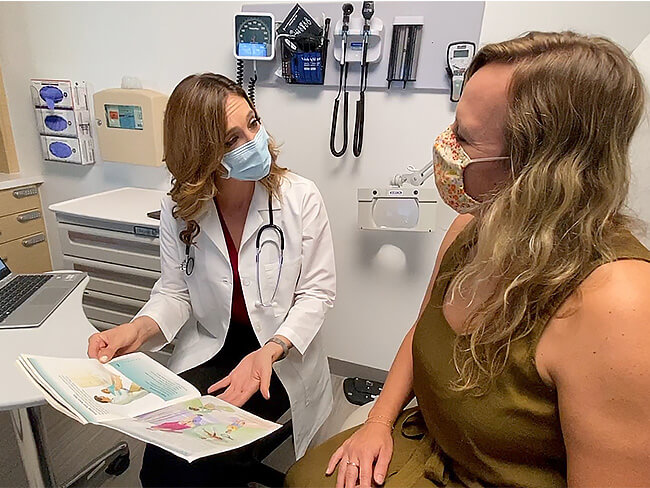
June 7, 2022
Next-level care for patients with complex disease
More than 800 Kaiser Permanente patients in Washington diagnosed with multiple …

May 24, 2022
Low stroke risk in patients with very narrowed neck arteries
Kaiser Permanente study suggests that for patients with severe asymptomatic …

May 18, 2022
Lifestyle coaching lowers blood pressure in Black adults
Kaiser Permanente study finds culturally tailored program leads to long-term …
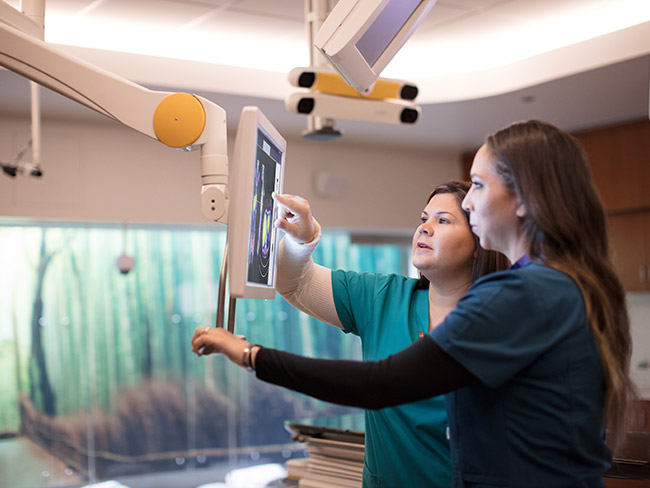
May 13, 2022
Mammograms offer new clues to heart health
Kaiser Permanente research ties breast arterial calcification to increased …
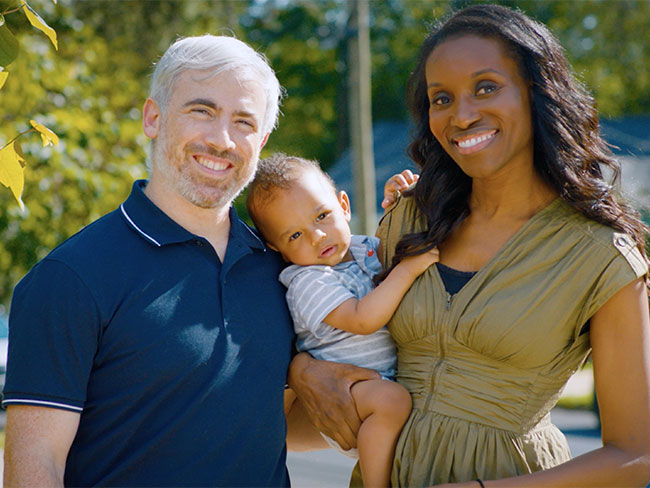
May 12, 2022
Endometriosis and motherhood: Grace’s story
She wanted relief from pain and a healthy baby. Her care team delivered.
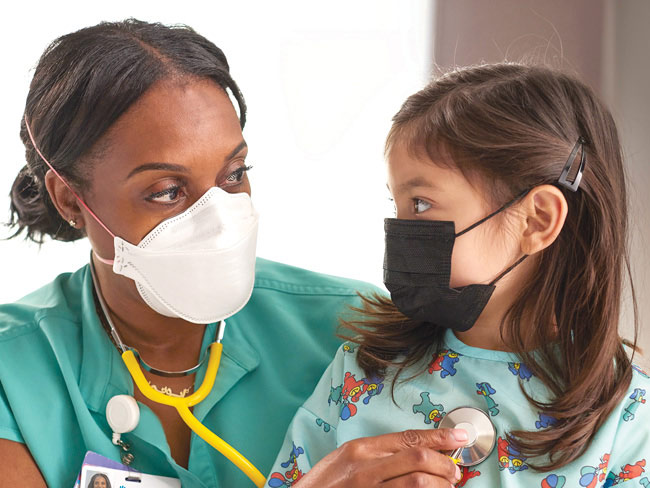
May 6, 2022
Honoring our nurses
Thank you for delivering high-quality, compassionate care every day.
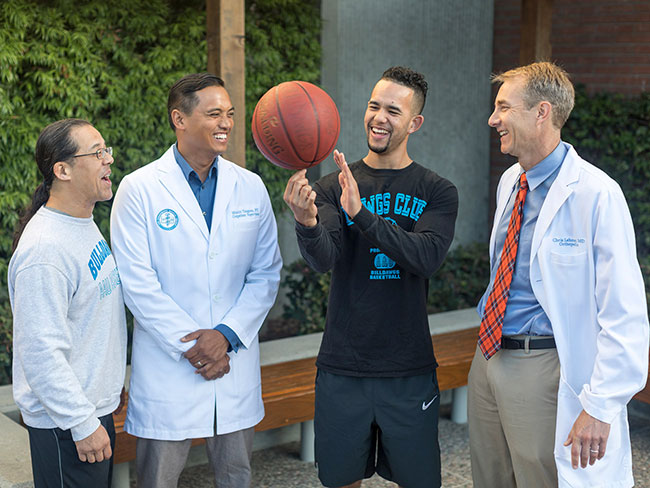
April 25, 2022
Sports medicine changes the game for father and son
When knee injuries struck the basketball-loving pair around the same time, …
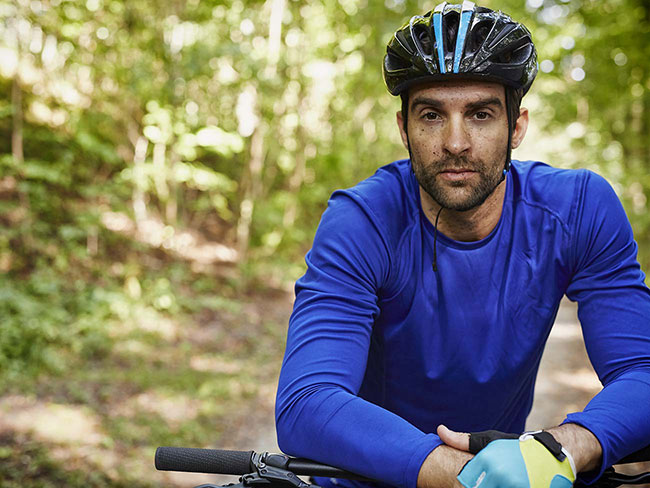
April 22, 2022
Targeting testicular cancer by pooling knowledge
Urologists and oncologists work with research and technology partners to …
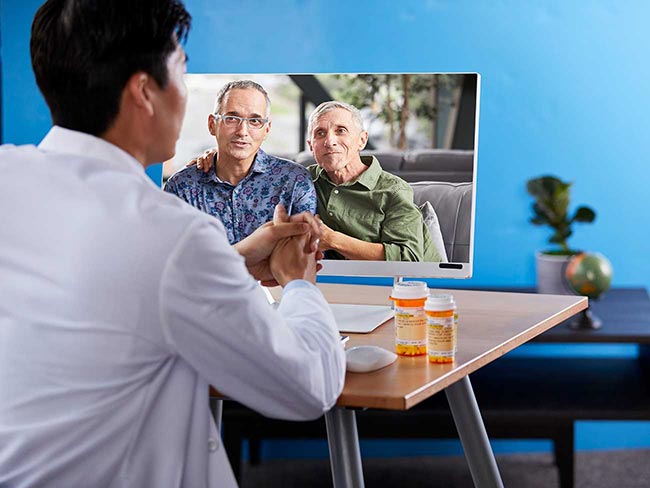
April 1, 2022
A leader in LGBTQ+ health care equality
All 39 of our hospitals receive top marks again for welcoming and inclusive …
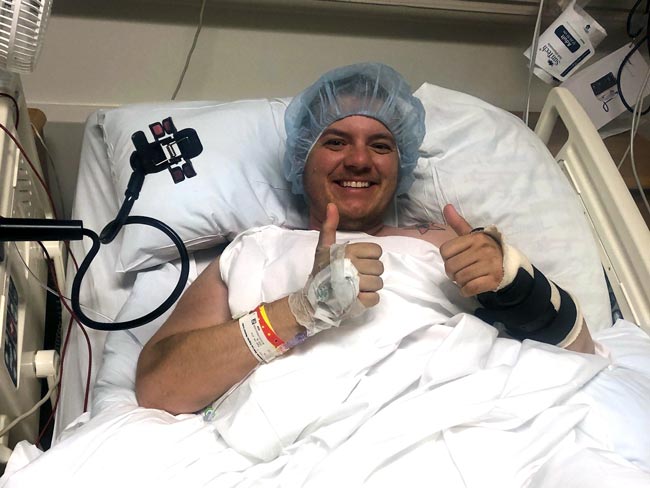
March 30, 2022
A transgender man’s journey to become himself
A Kaiser Permanente member receives physical and emotional support from …